- Characterful and smooth 3-cylinder engine
- Excellent chassis and steering
- Great fuel economy
- Not cheap to buy
- Dual-clutch automatic needs refinement
- Tight cabin in both rows of seating
You may not know it but the Ford Puma is now entering its third year of sales in Australia – and with only small specification changes so far, it’s just as fresh as the day it was released with its cute frog-like face and sporty driving experience. It competes in the lucrative small SUV market, which targets a younger crowd who will love the Puma’s styling. We tested the top-of-the-range 2022 Ford Puma ST-Line V to see if it is all you will ever need in a small SUV.
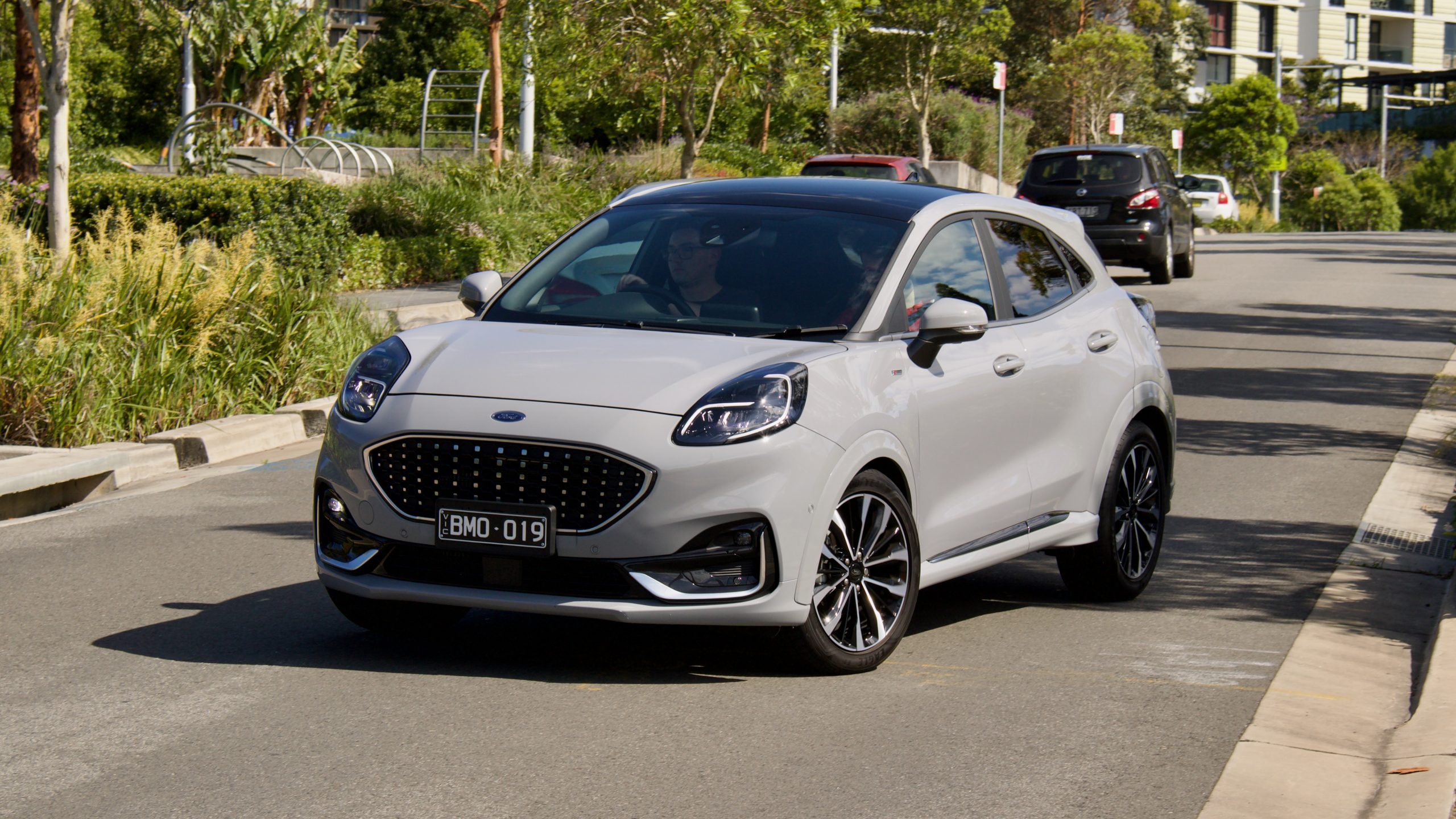
Competing with the likes of the Volkswagen T-Cross, Skoda Kamiq, Kia Stonic and Toyota Yaris Cross, the Puma has some very tough competition to deal with. Can the Puma’s fresh and characterful styling, excellent driving dynamics and good quality interior help it compete? Let’s find out.
Price & Equipment: 7/10
Pricing for the 2022 Ford Puma range kicks off with the entry level model known – simply as Puma – which is priced from $30,490 plus on-road costs. On the other end of the range is the ST-Line V that we tested, which costs $35,890 plus on-road costs (around $40,000 drive away).
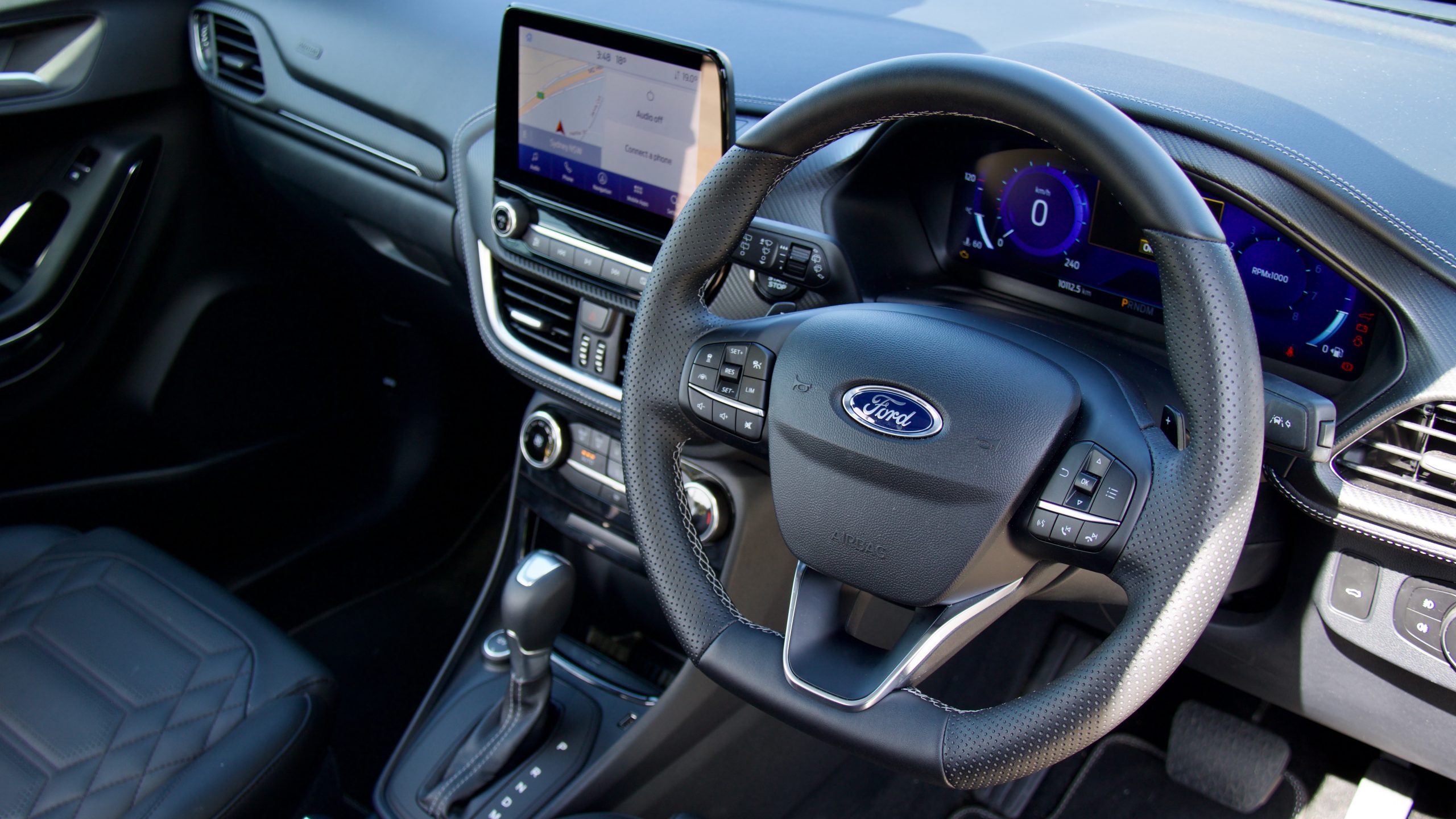
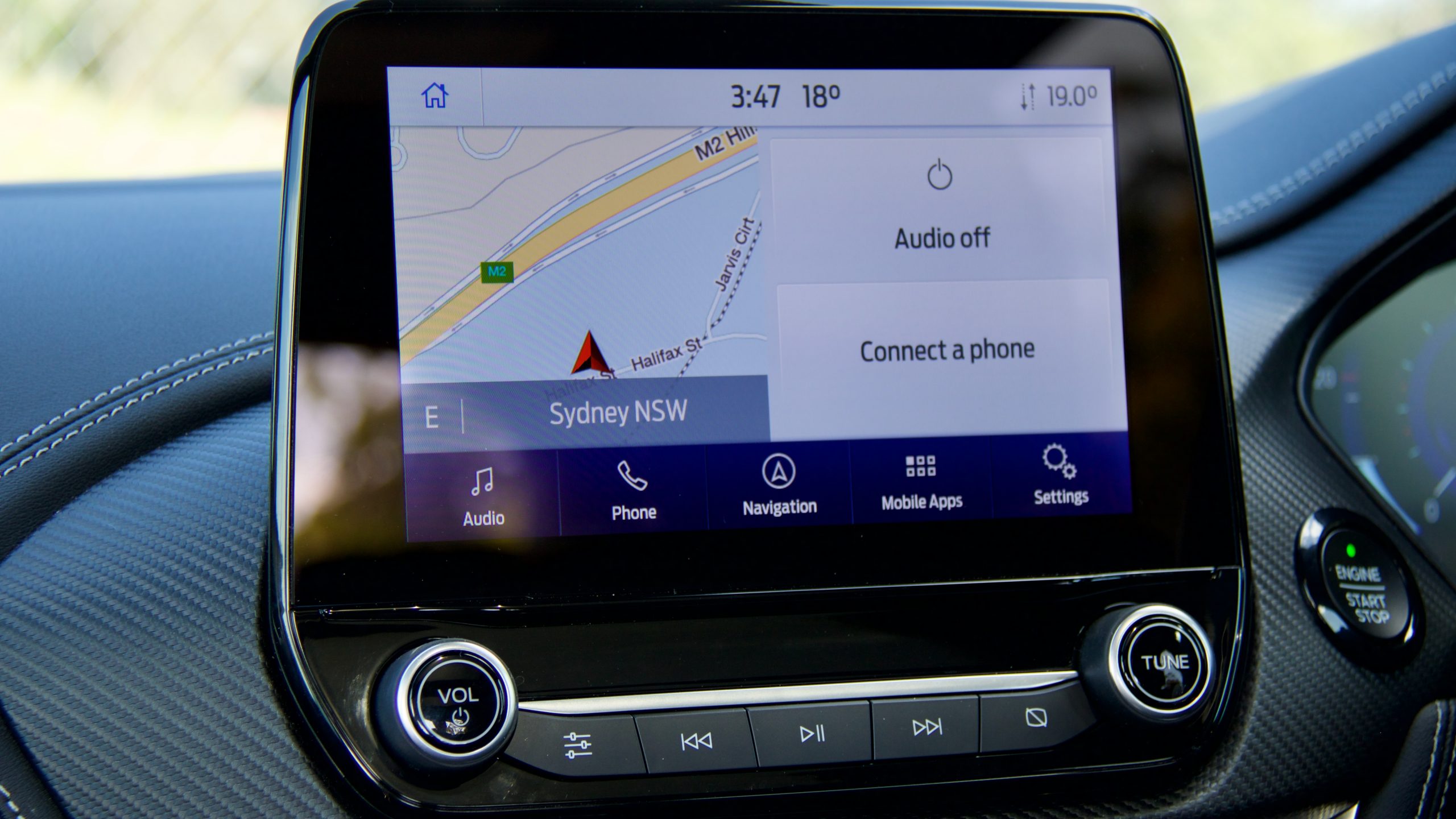
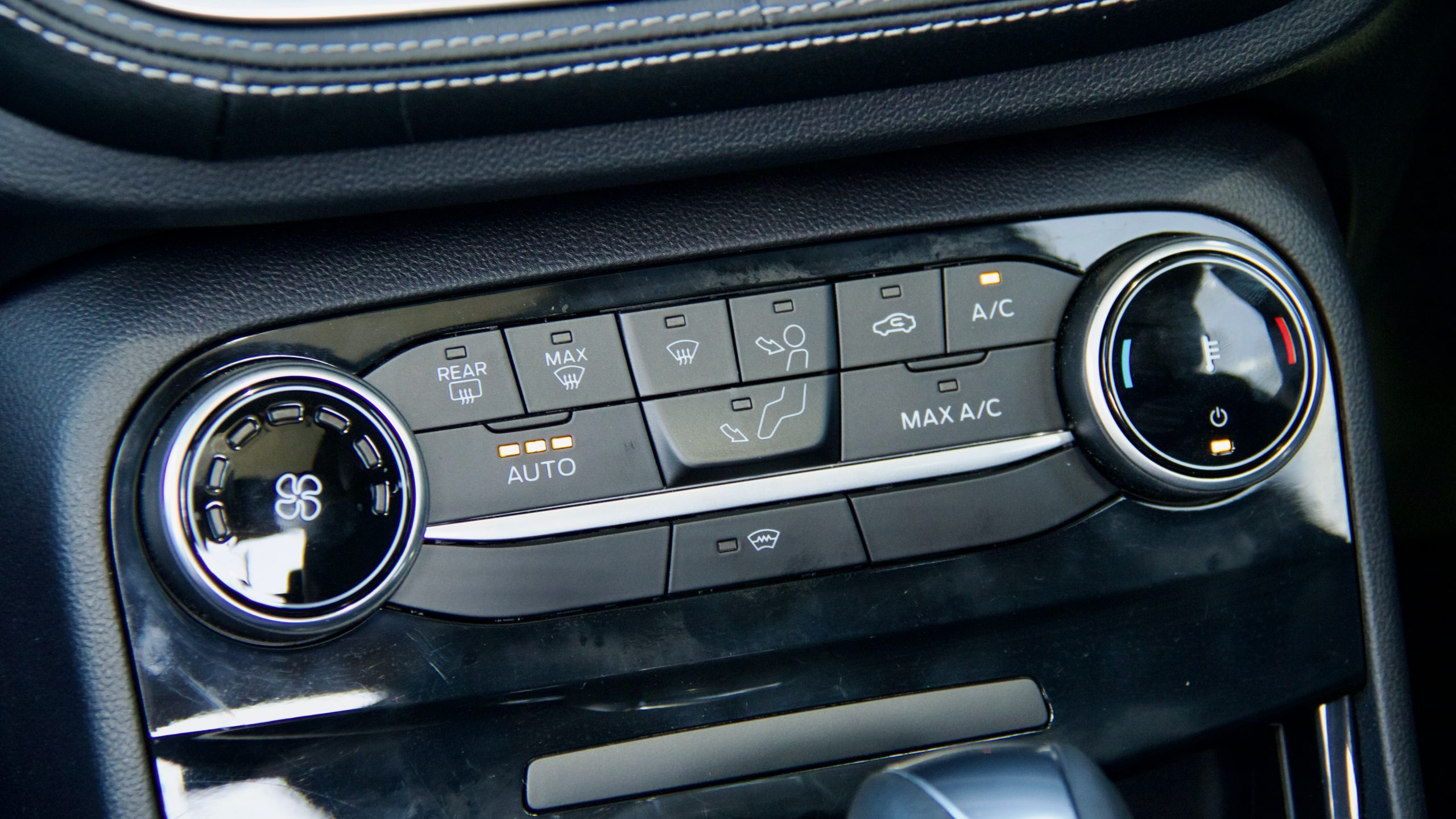
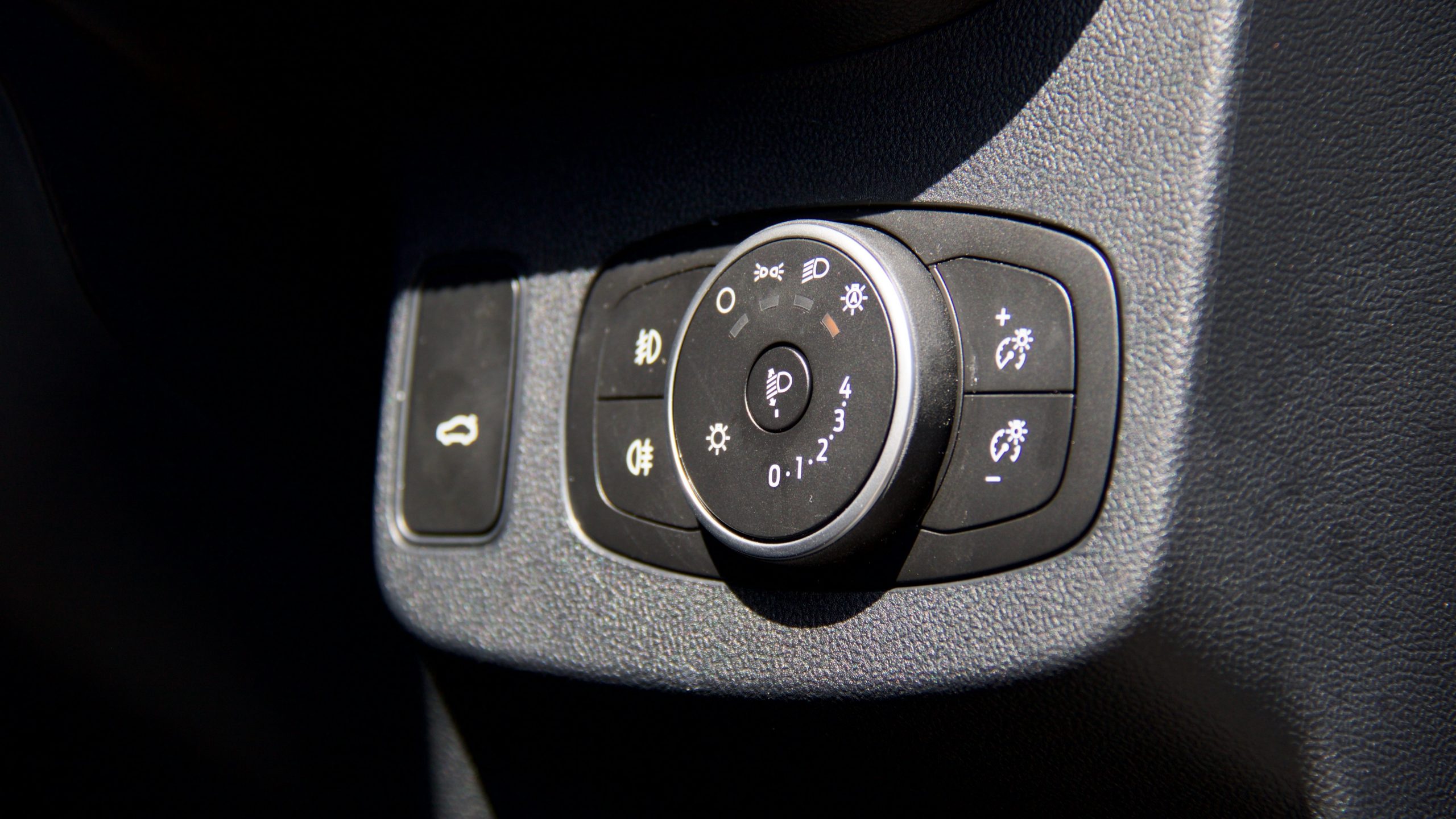
Standard kit on the ST-Line V includes 18-inch alloy wheels, automatic LED headlights, auto wipers, single-zone climate control, a heated windscreen, heated/auto-folding mirrors, an auto-dimming rear mirror, synthetic leather upholstery with massaging front seats and lumbar adjustment, a 12-inch digital driver’s display, an 8.0-inch touchscreen, wired Apple CarPlay and Android Auto, satellite navigation, digital radio, a wireless phone charger, cruise control, a 575-watt 10-speaker B&O Play sound system, drive modes, keyless entry with push button start, a hands-free electric tailgate and rear privacy glass.
Safety kit is also plentiful in the 2022 Ford Puma as you get six airbags, autonomous emergency braking (AEB) with pedestrian detection, lane keep assist, lane departure warning, forward collision alert, auto high beam, driver fatigue detection, traffic sign recognition, rear parking sensors with a reversing camera and tyre pressure monitoring.
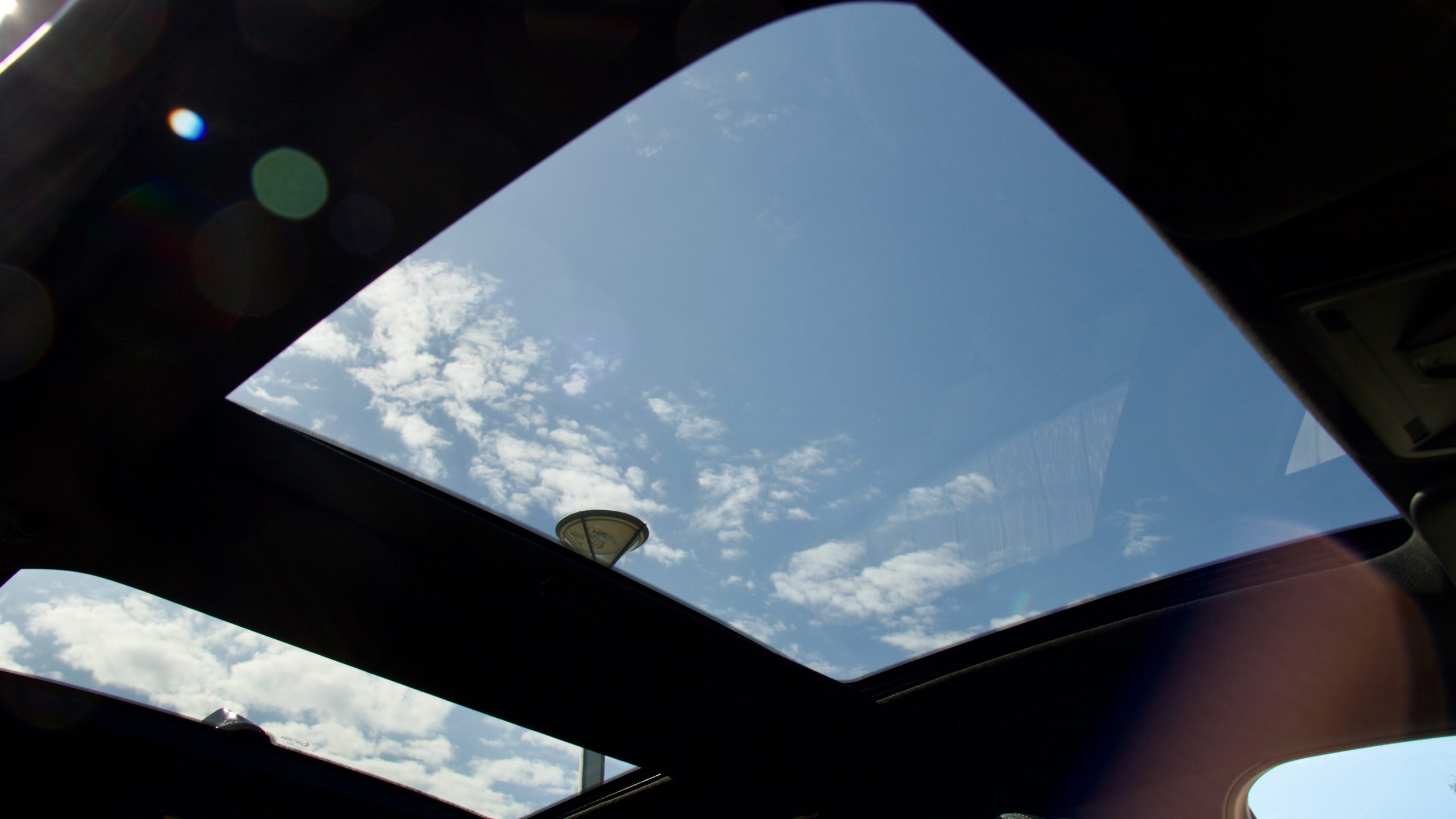
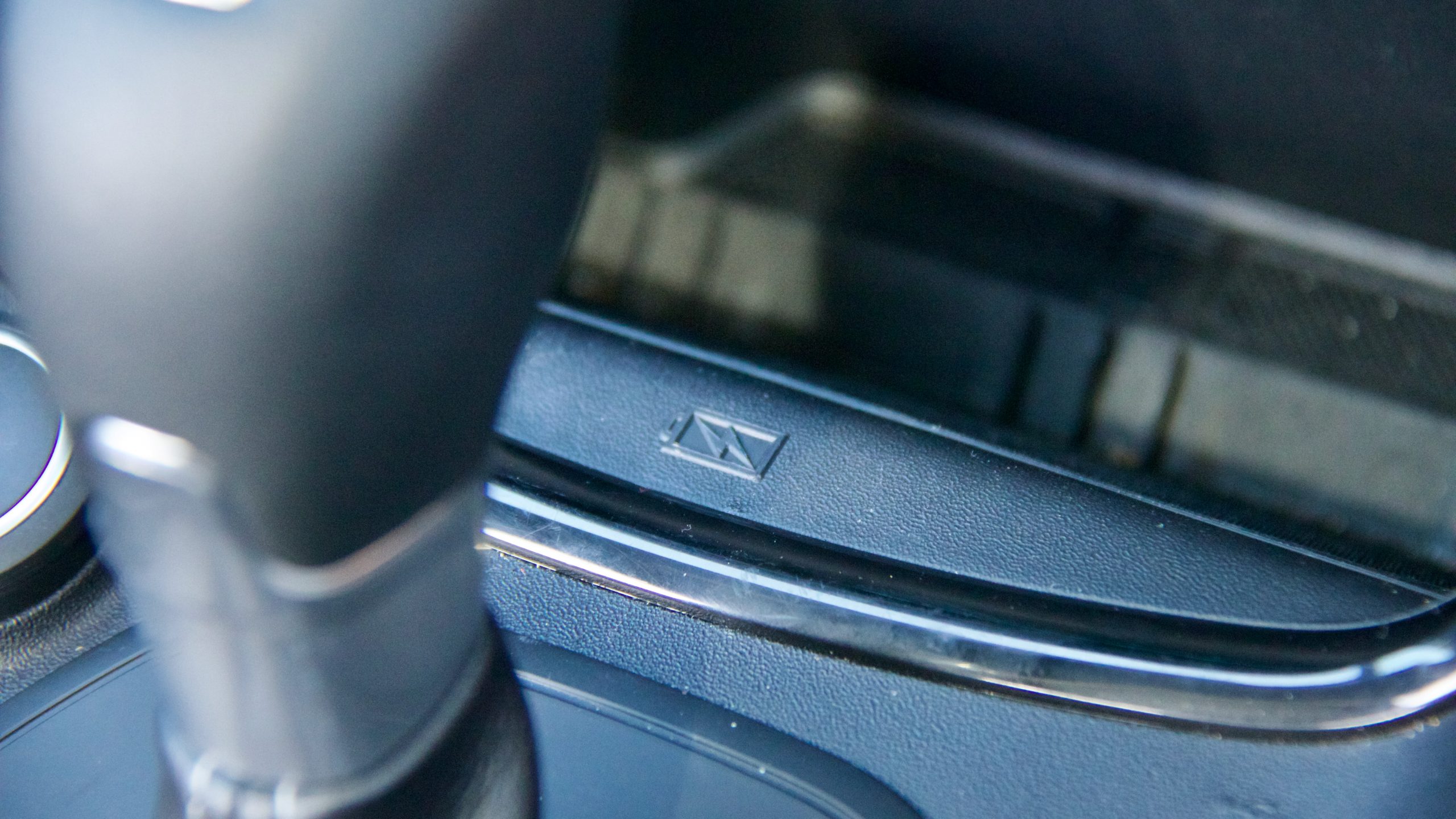
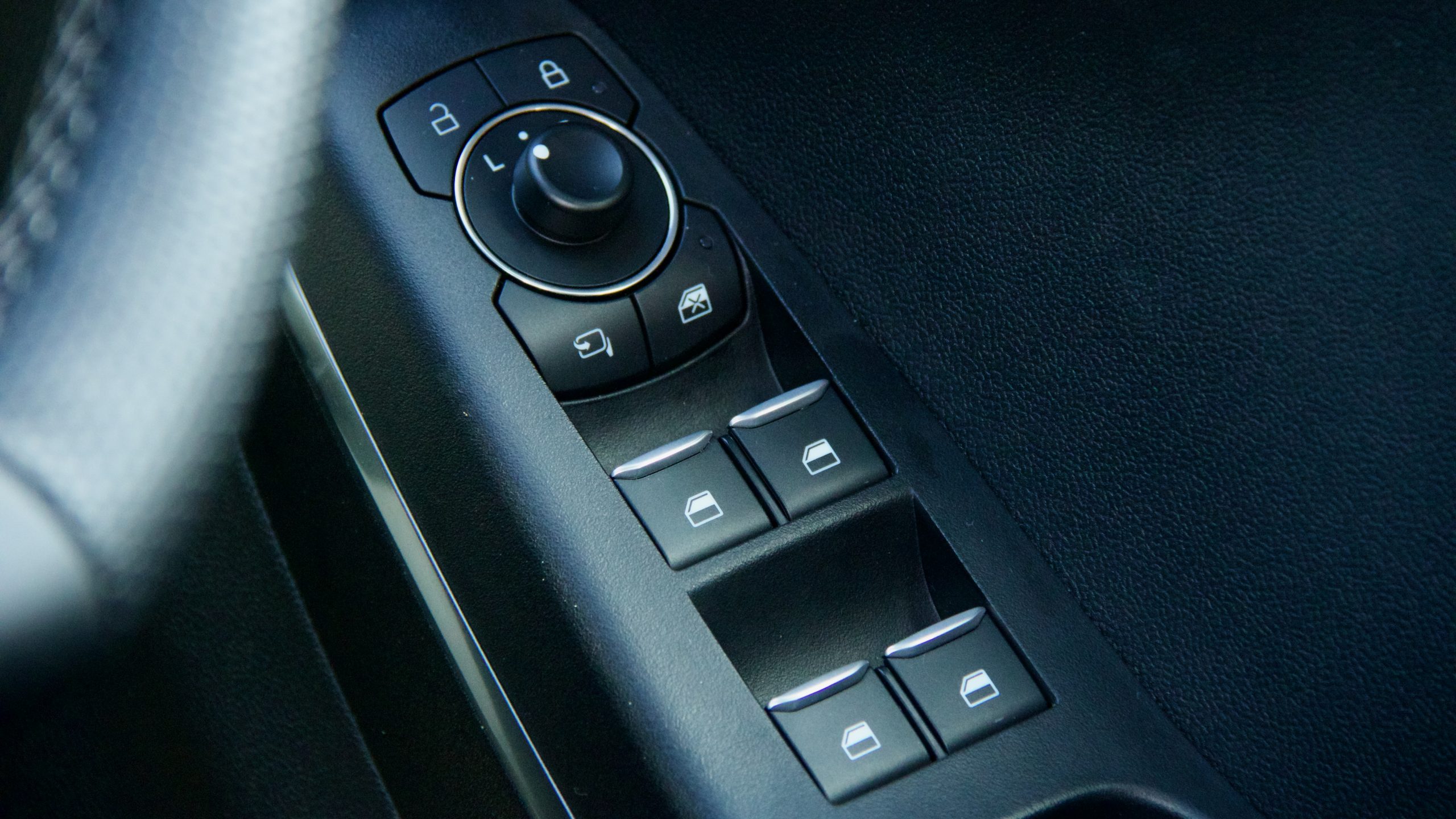
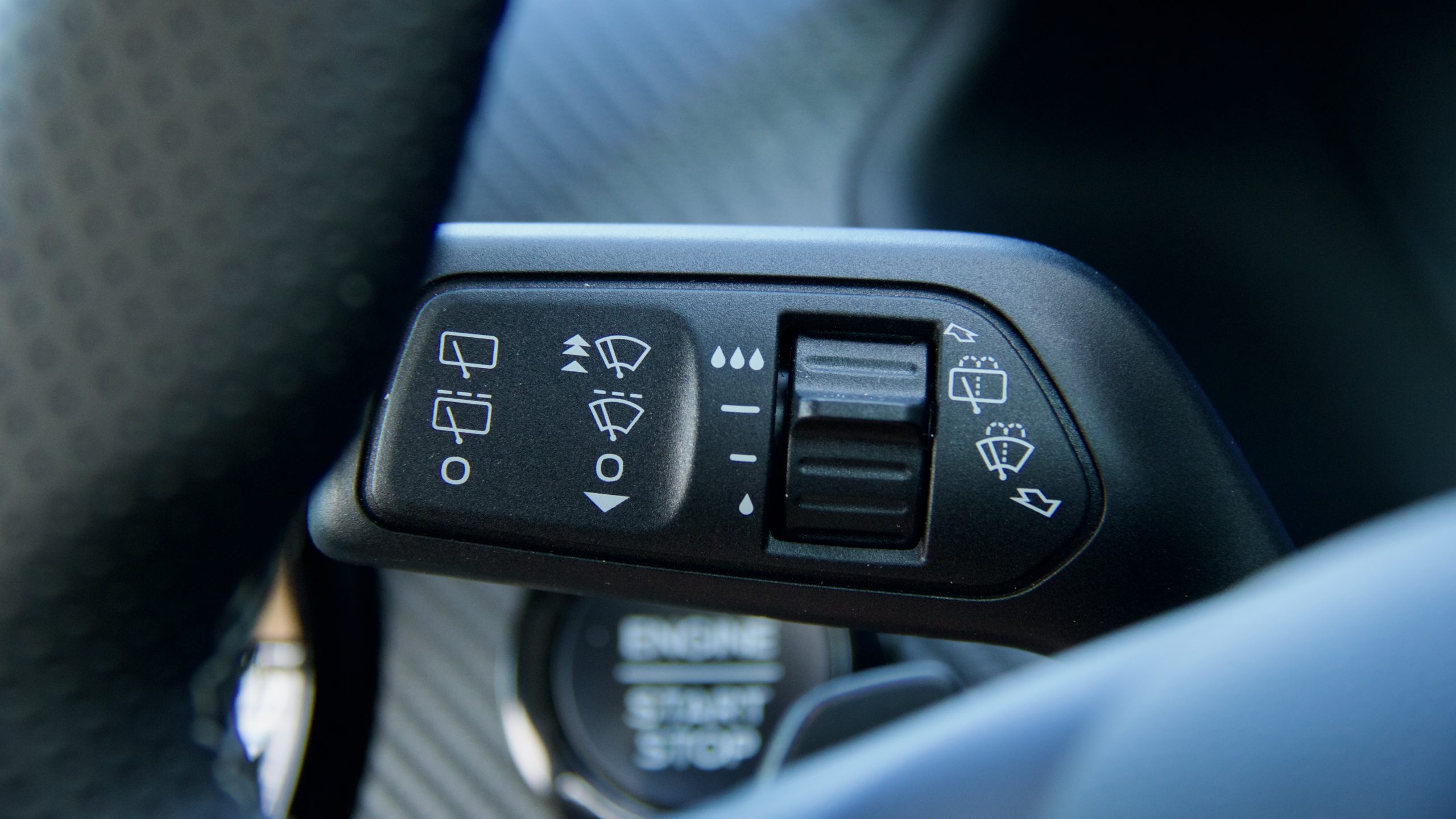
The only standard colour available is ‘Frozen White’ while ‘Agate Black’, ‘Desert Island Blue’, ‘Magnetic’, ‘Fantastic Red’, ‘Solar Silver’ and our test car’s ‘Grey Matter’ are an additional $650. A black roof is available too, which can be paired with ‘Desert Island Blue’, ‘Grey Matter’, ‘Fantastic Red’ and ‘Solar Silver’ for $1,150.
Optional on the 2022 Ford Puma ST-Line V Puma is a $2,000 panoramic sunroof with manual sunshades and the $990 Park Pack which includes lane trace assist, blind-spot monitoring, rear cross-traffic alert with braking, front parking sensors, self-parking and adaptive cruise control with stop and go functionality. Our test car was fitted with both of these options plus metallic paint, which brought the price to $39,530 plus on-road costs (around $44,000 drive away).
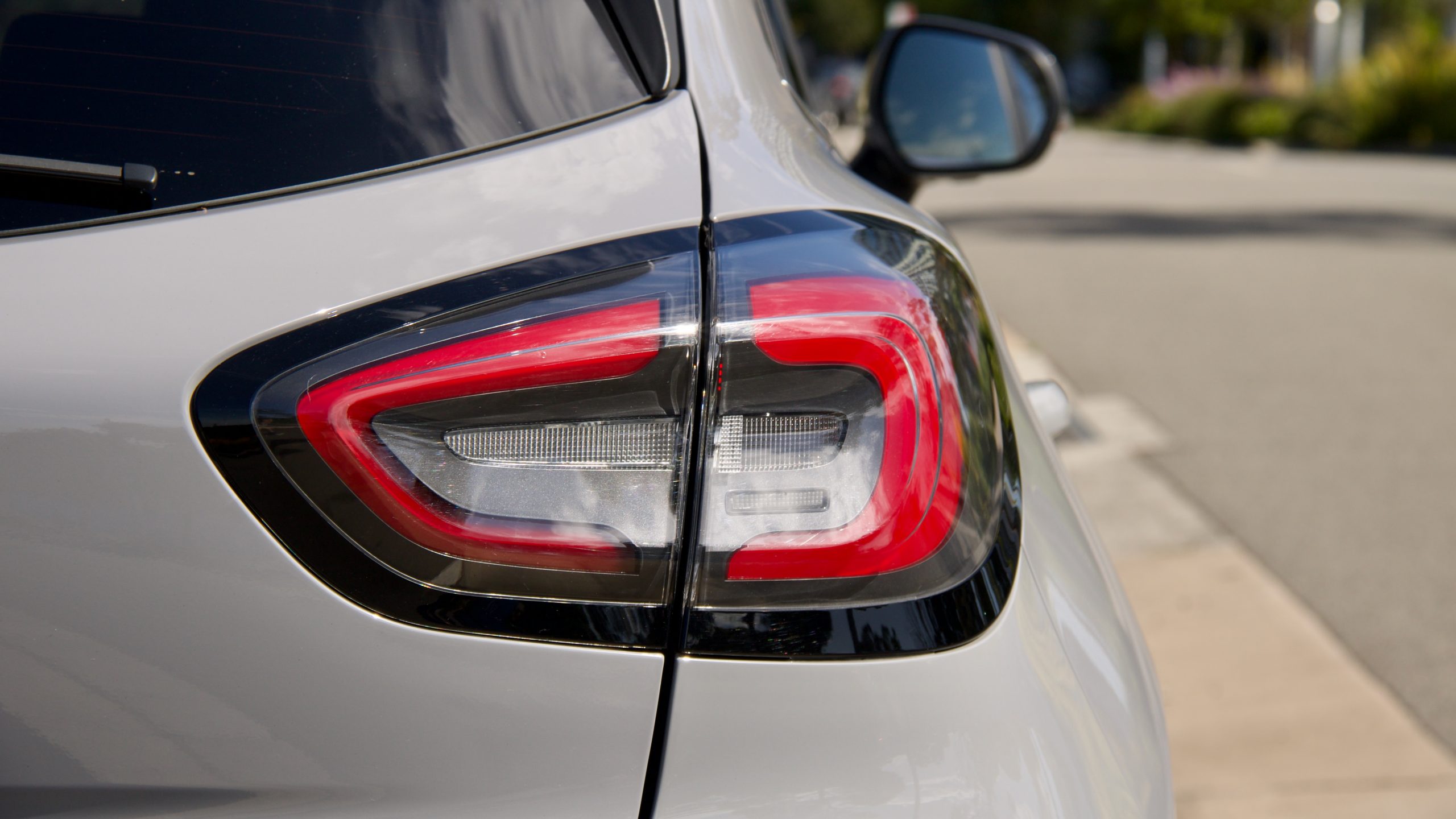
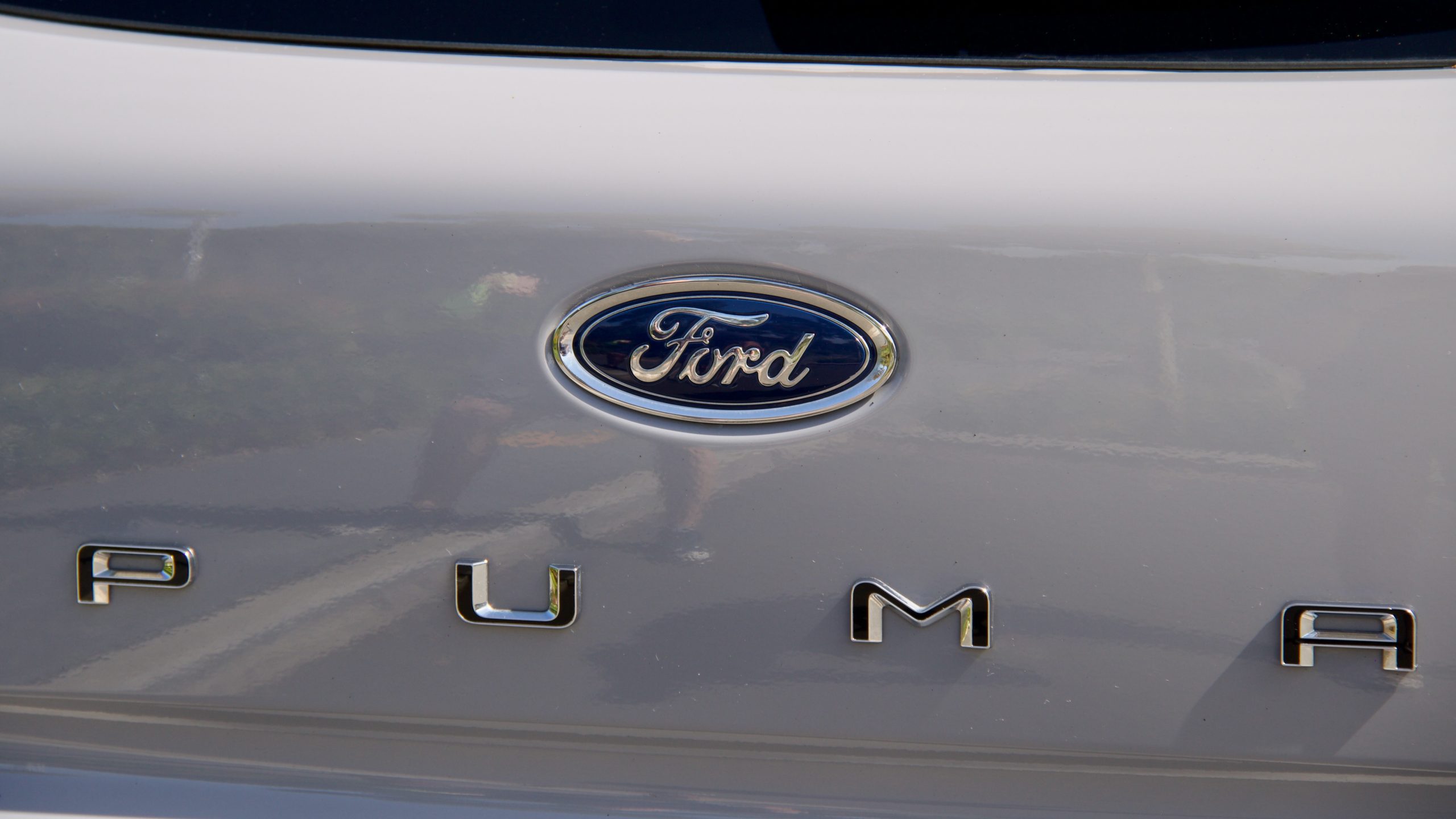
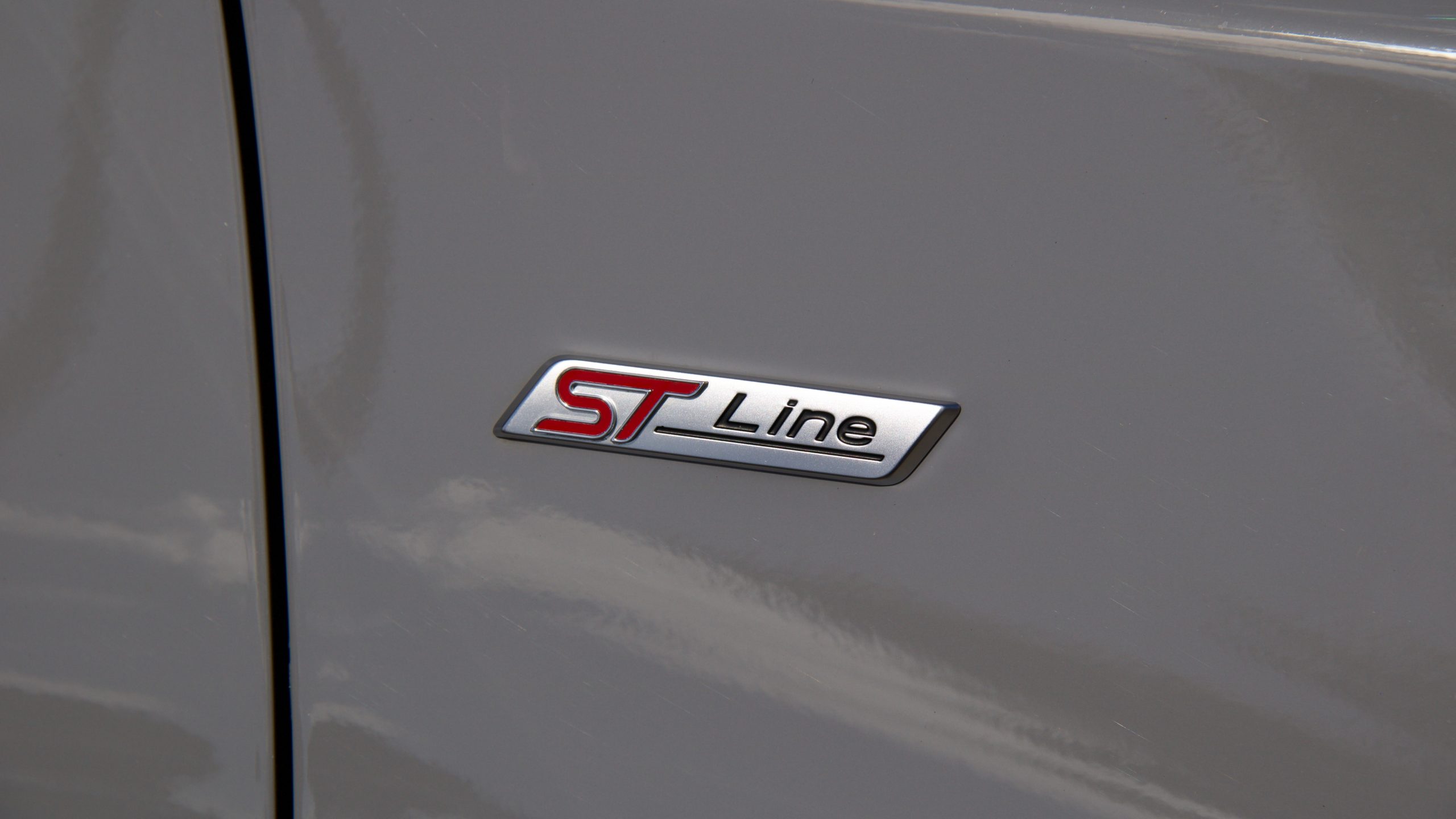
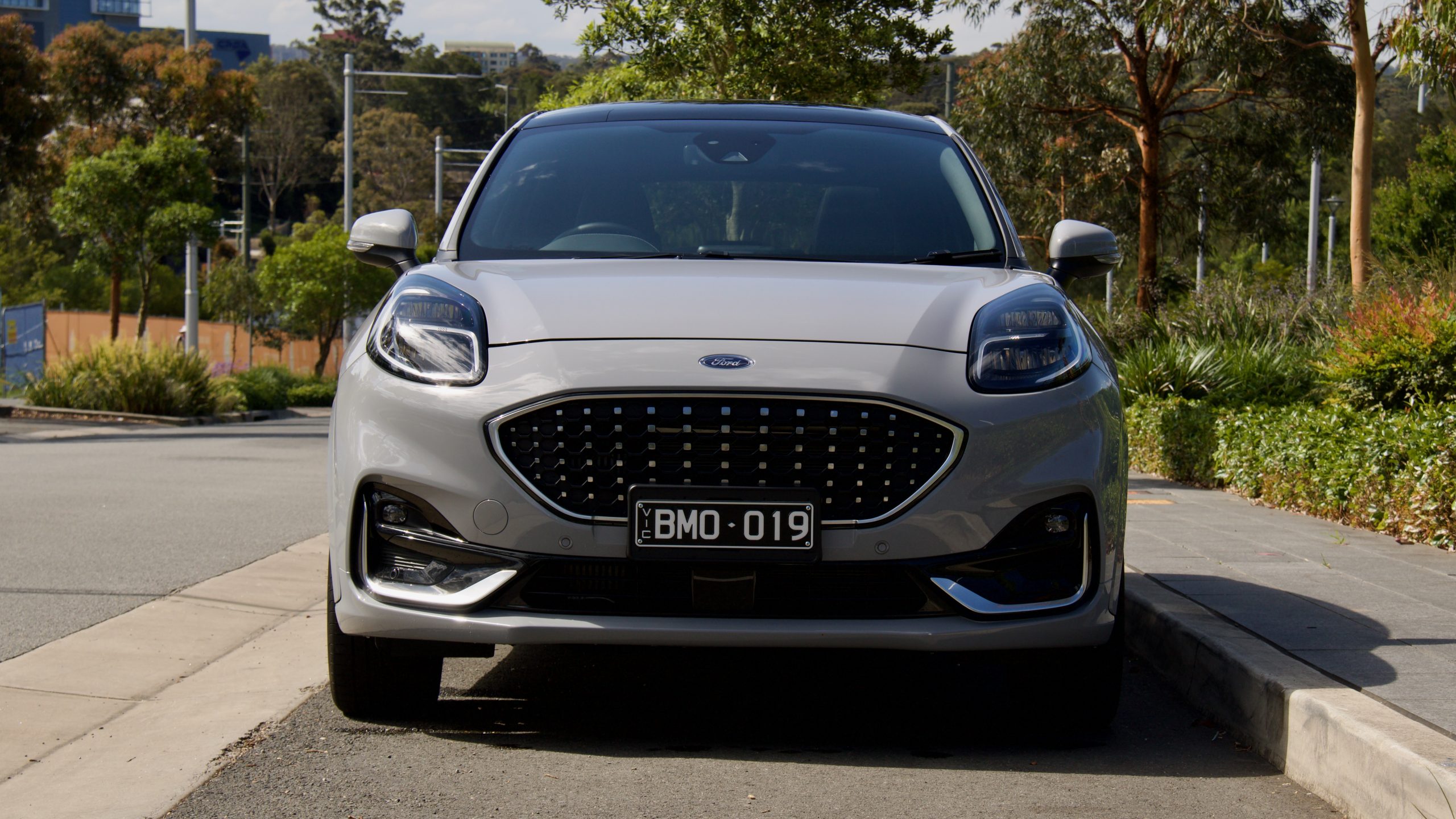
There are a plethora of rivals for the Puma ST-Line V, but we consider the $42,990 drive away Skoda Kamiq Signature and the $41,500 drive away Mazda CX-3 Akari to be its direct rivals. Without optioning any kit, the Skoda has heated front seats, an electric driver’s seat, roof rails, rear air vents, rear USB ports, a larger centre screen with wireless smartphone mirroring, adaptive cruise control with stop and go functionality, lane trace assist, semi-automatic parking, auto rear braking and all-LED lighting over the Puma. Optioning the Park Pack gets the Puma closer to the Skoda’s spec and fully loaded, the Skoda is more expensive than the Ford, but it does have more equipment and more car in general over the Ford.
The Mazda has all the safety equipment as standard – aside from lane trace assist – including Matrix headlights with adaptive high beam, a 360-degree parking camera, front and rear parking sensors, rear auto braking, blind-spot monitoring with rear cross-traffic alert and even a heads-up display. Plus, it has real leather upholstery, an electric driver’s seat with memory, heated front seats and a sunroof as standard – there’s no need to option anything on the Mazda because it’s all standard.
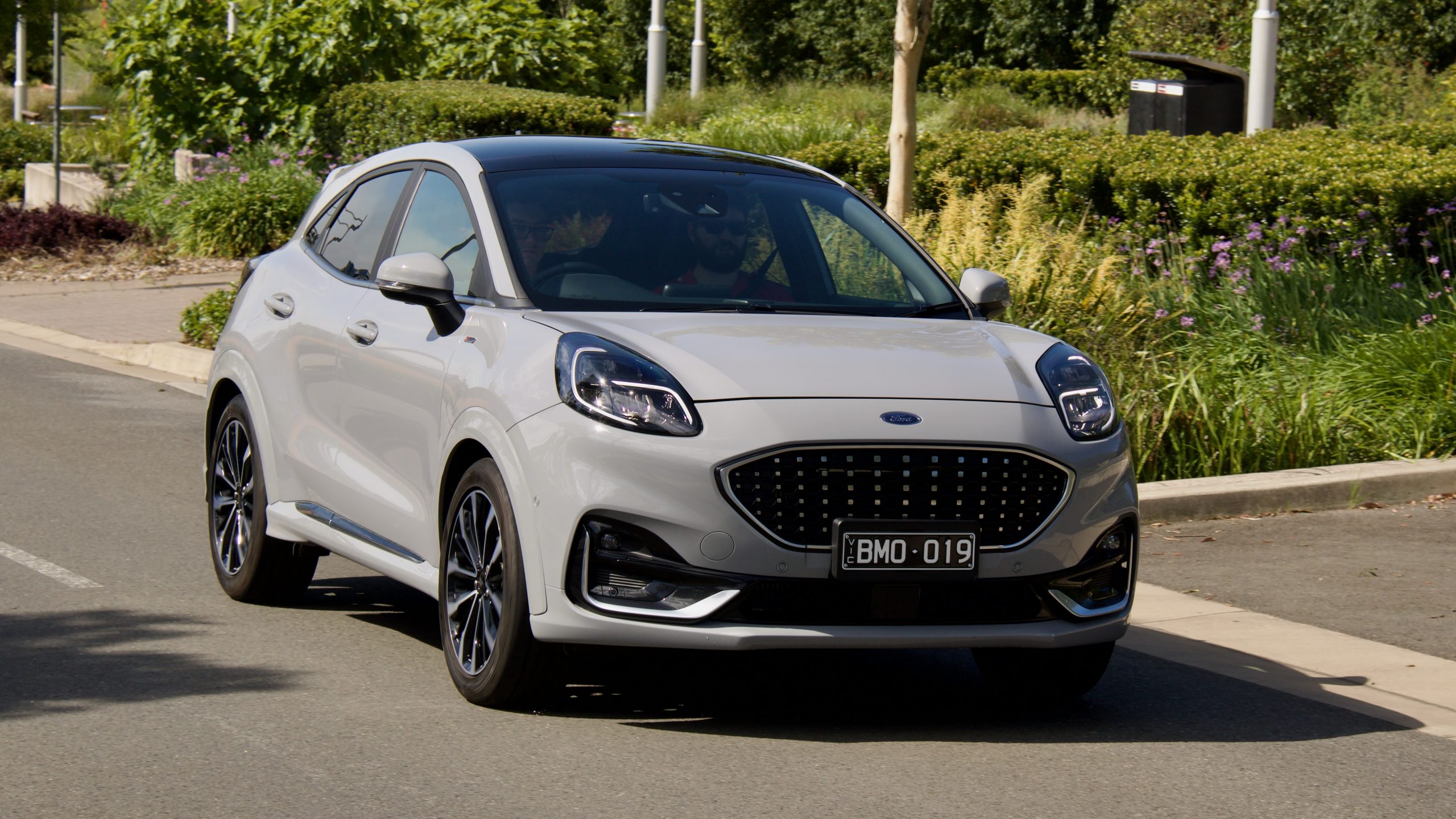
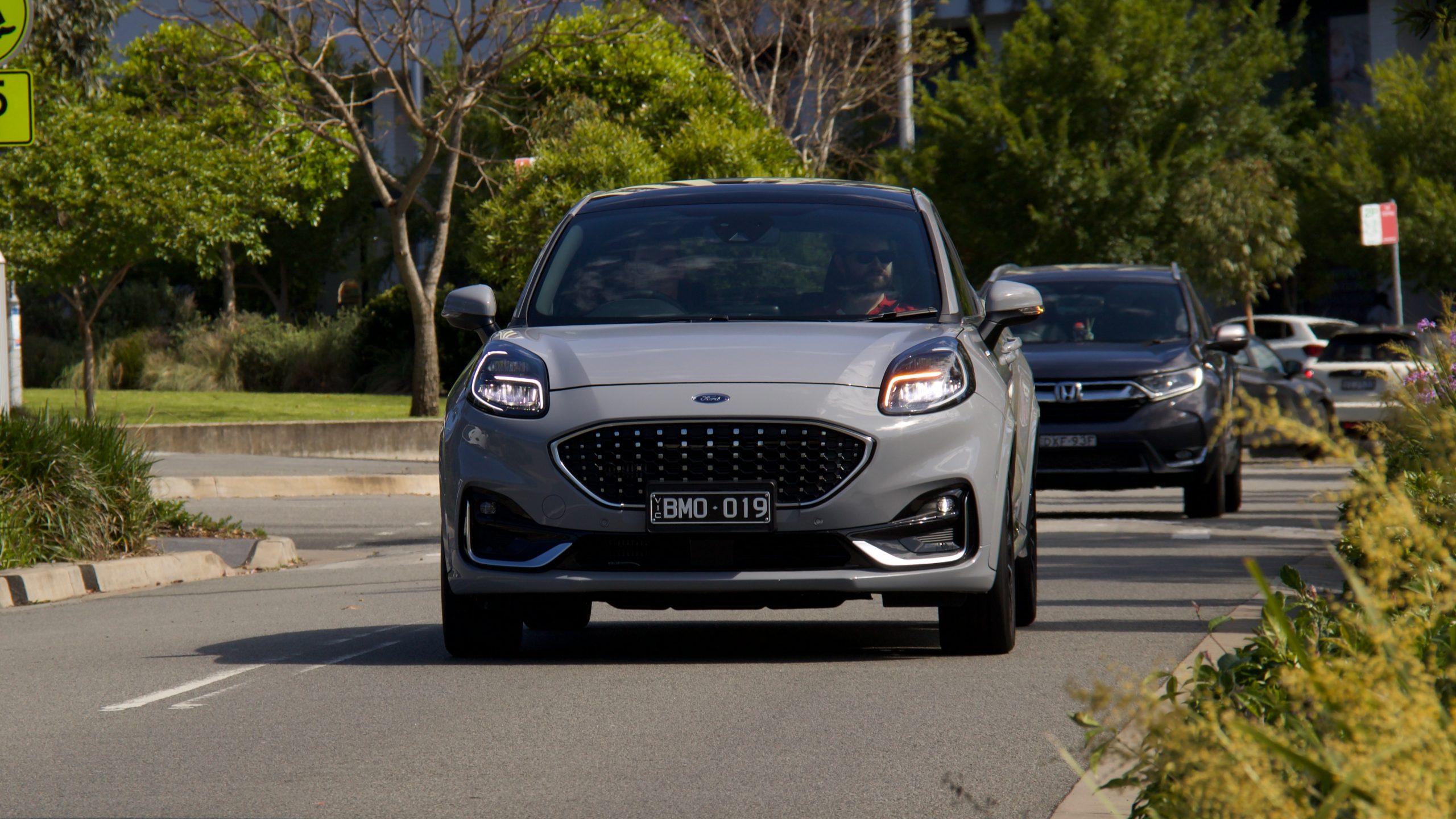
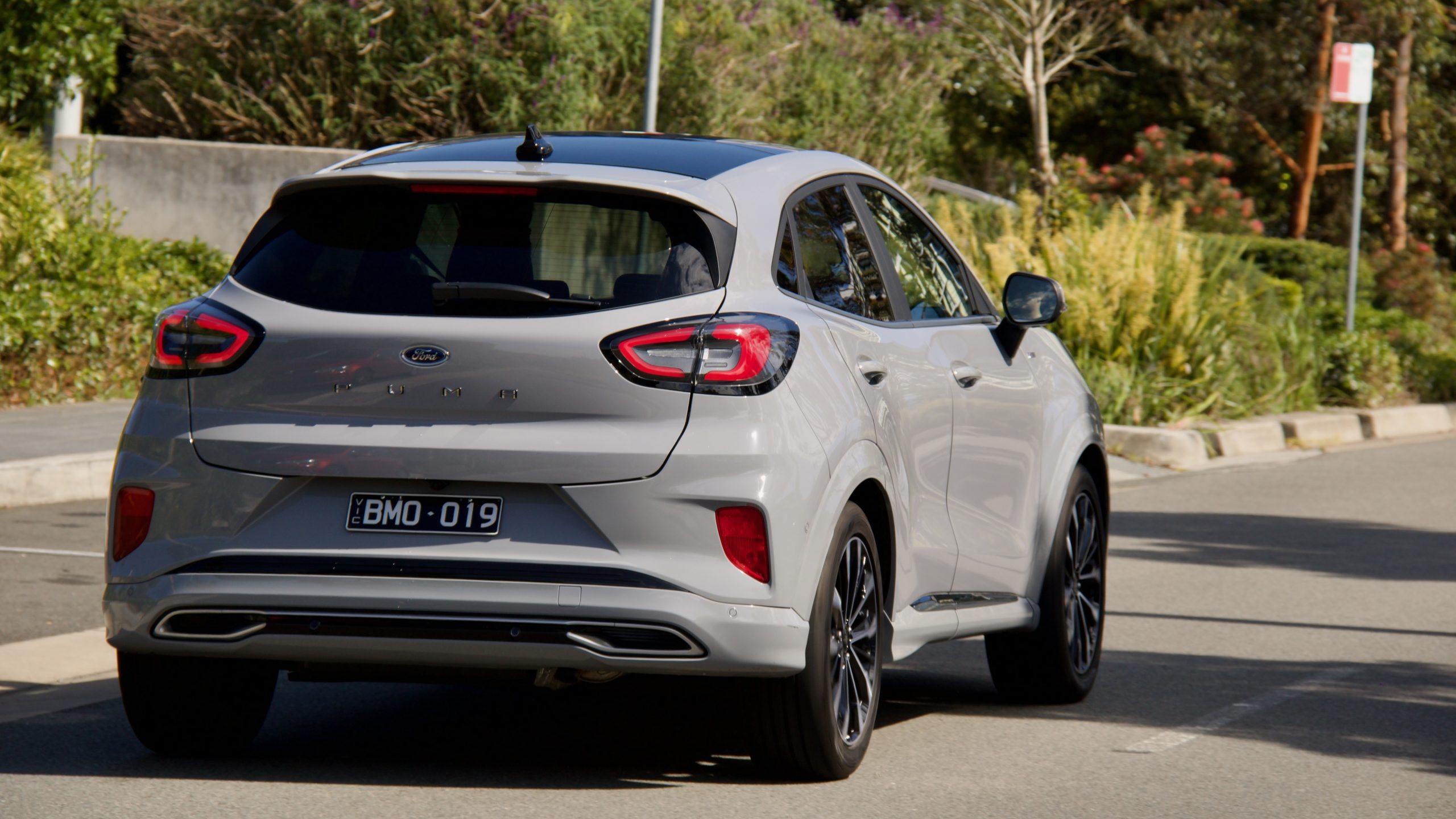
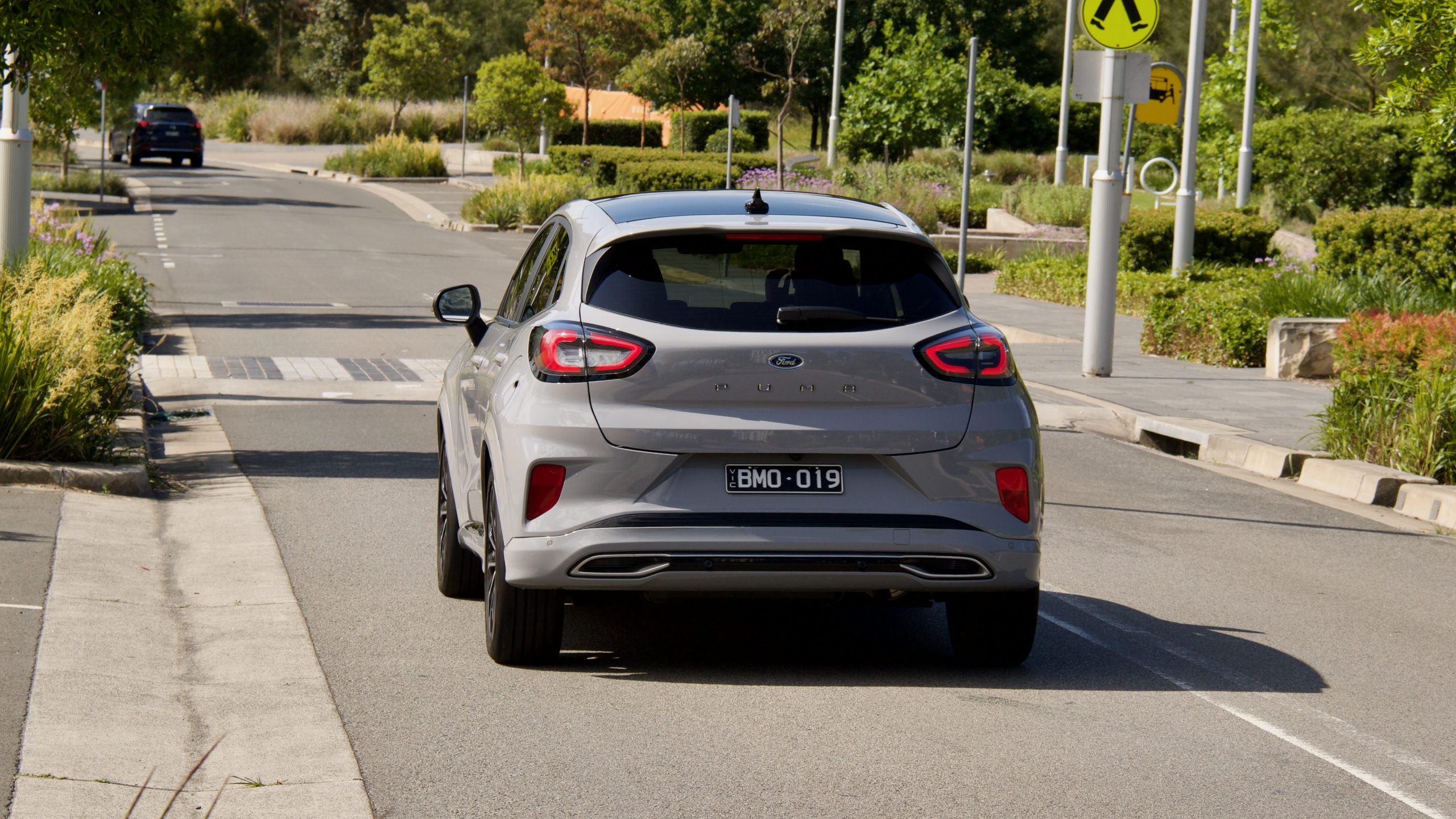
The Ford does offer a few features over both the Skoda and Mazda, including live traffic for its navigation system, an inbuilt SIM card so that you can access some features of the car from your smartphone, a premium sound system and massaging functionality for the front seats. Overall, none of these cars are great value considering how expensive they are for their size, but we think the CX-3 Akari and Kamiq Signature make the Puma ST-Line V feel poorer for money because of their added equipment.
Performance & Economy: 8/10
The engine that powers the entire 2022 Ford Puma lineup is a 1.0-litre turbocharged petrol three-cylinder unit from Ford’s award winning ‘EcoBoost’ engine family. In this tune, it produces 92kW of power and 170Nm of torque, which isn’t a huge amount on paper – we’d like to see the mild-hybrid Puma offered here, which has the same drivetrain with a 48V mild hybrid system for 40Nm more torque. It powers solely the front wheels via a seven-speed dual-clutch automatic transmission, which features paddle shifters for manual control.
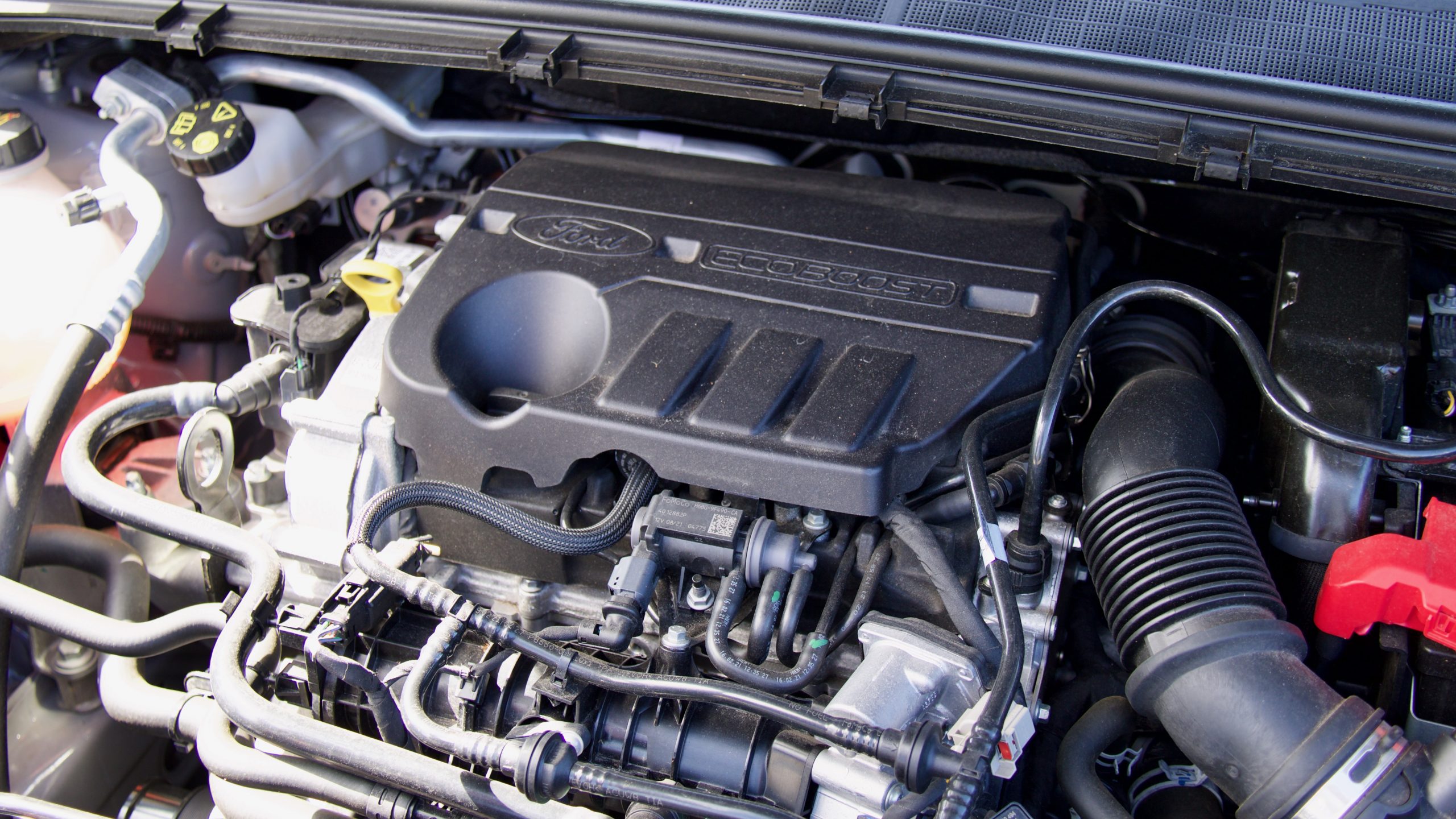
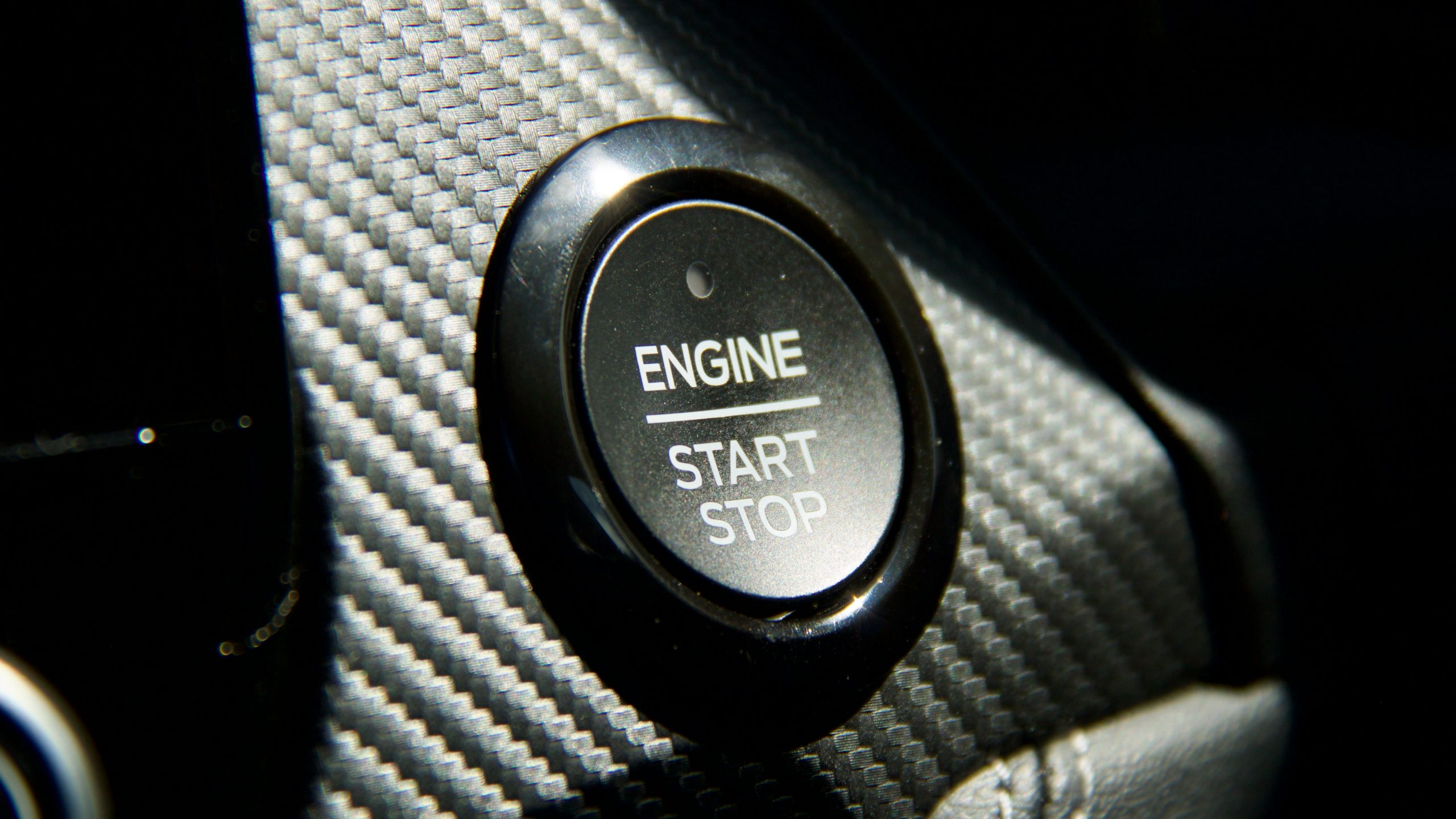
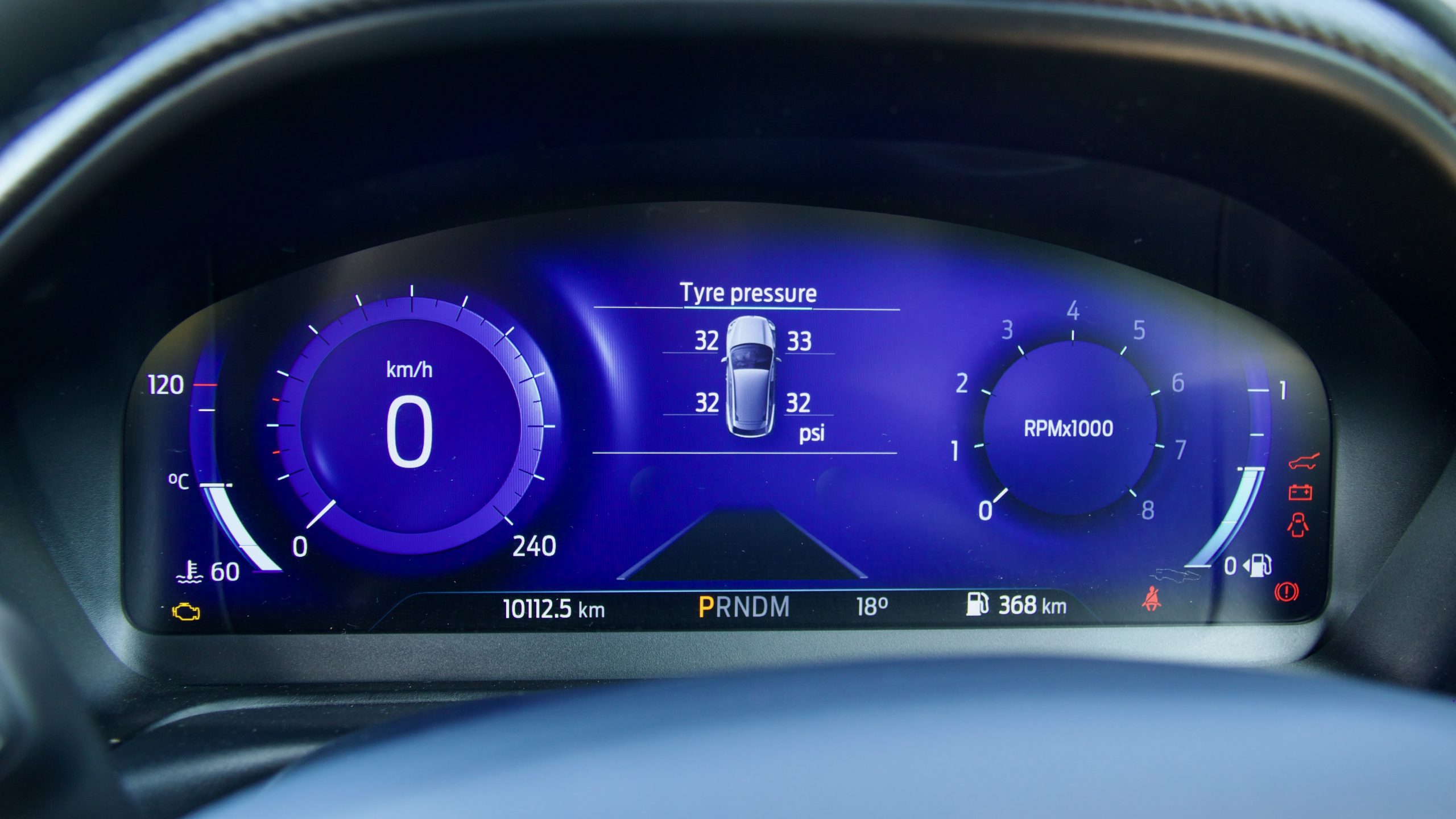
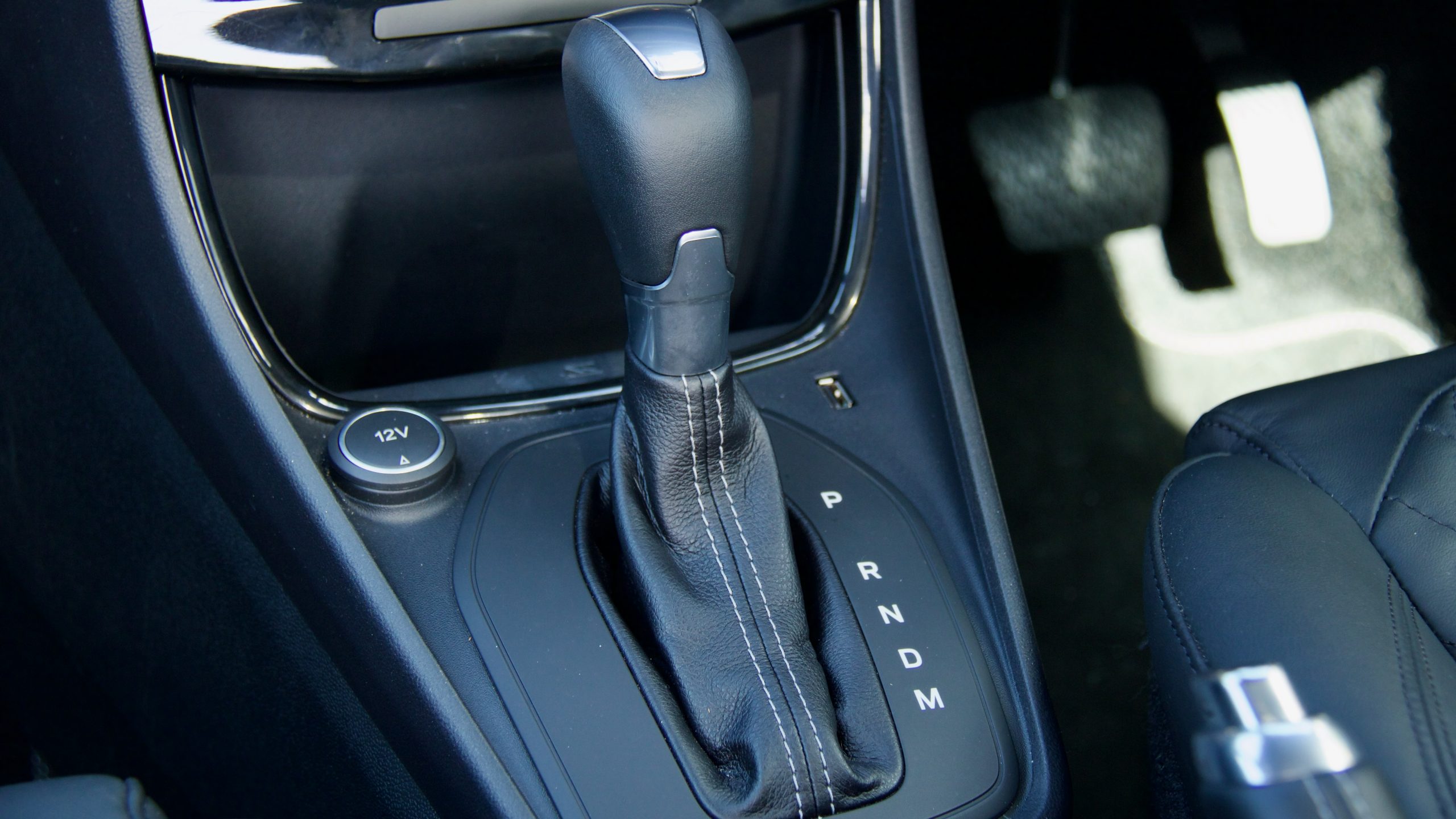
But while its outputs aren’t huge, the engine is a cracker, with plenty of character and reasonable performance thanks to the Puma’s light 1,267kg tare mass. Peak torque is offered quite low in the rev range from just 1,400rpm, which makes the Puma feel quite zippy around town and more than capable of darting in and out of gaps in traffic. On the open road is where you can really feel the lack of power in the Puma, however – the 110kW 1.5-litre turbo petrol Kamiq in particular feels much more effortless at speed.
One thing that lets the driving experience down a little bit is the seven-speed dual-clutch automatic gearbox. Take off from a standstill and you’ll feel the engine bog down and then a little shudder pops through the drivetrain – not entirely surprising behaviour from a dual-clutch unit and it’s more intuitive than the DSG in the Kamiq, but both cars could be more refined at lower speeds. However, once on the move, the transmission is quick to shift and relatively smooth and the paddle shifters add some fun to the driving experience.
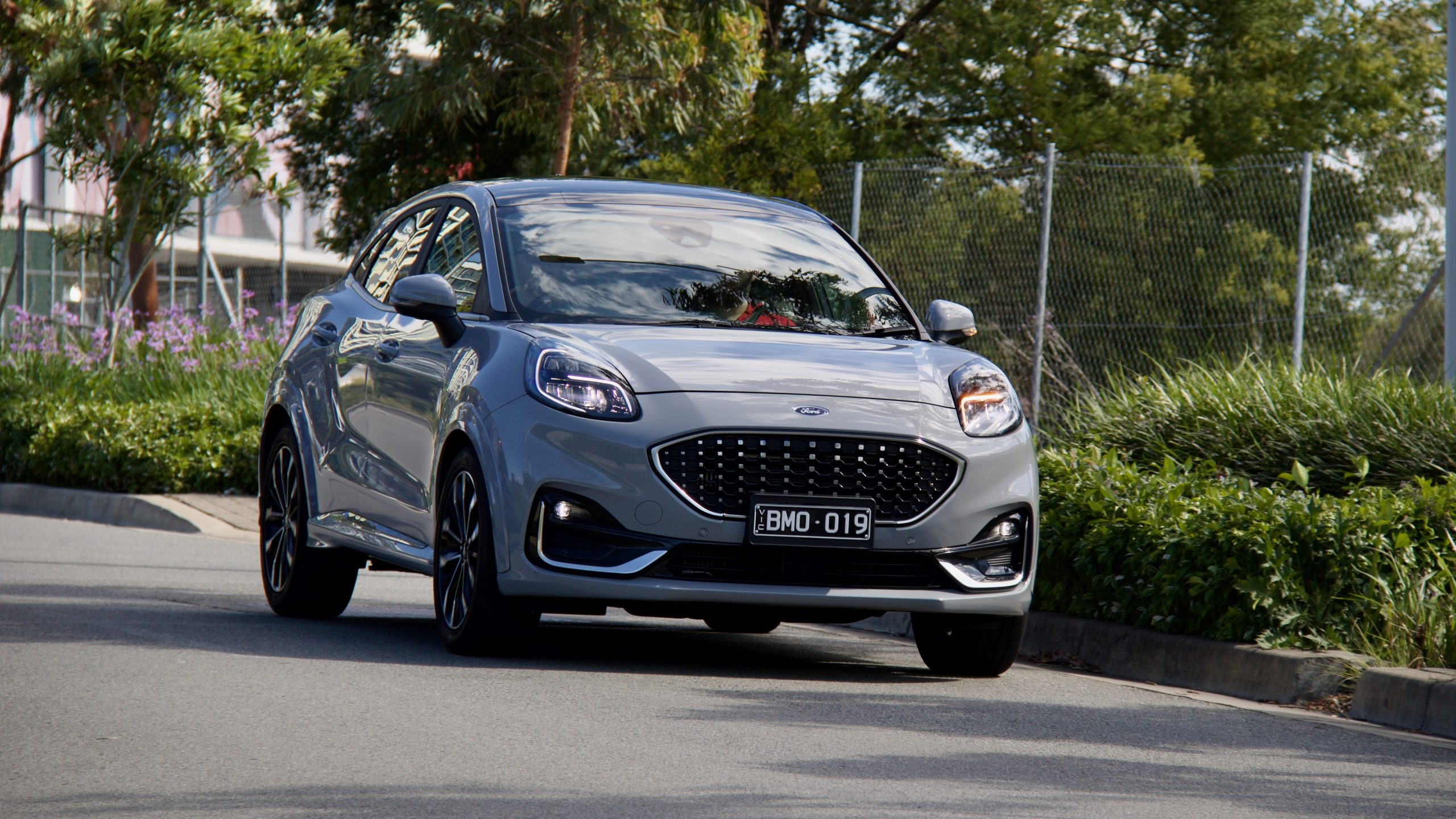
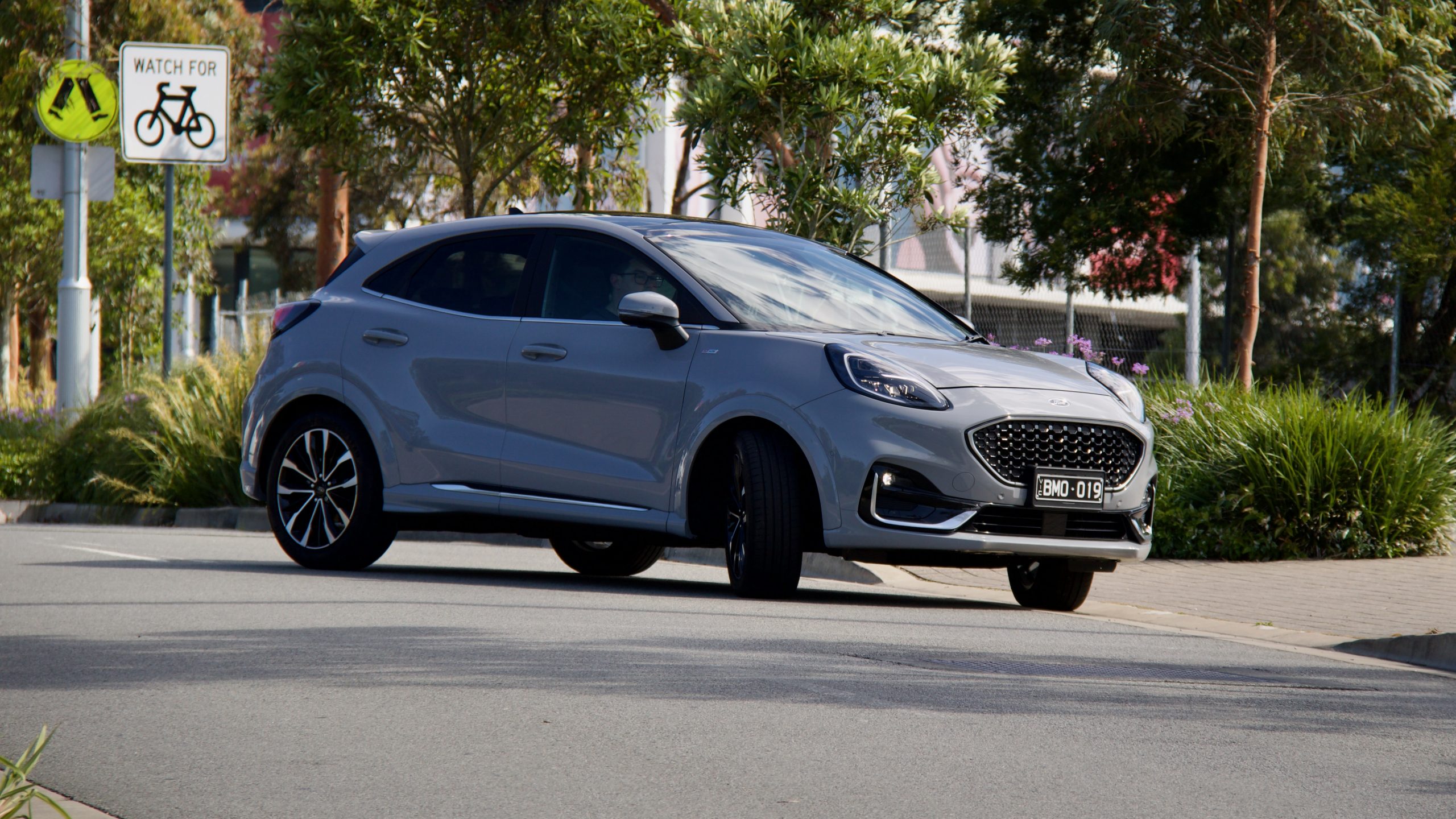
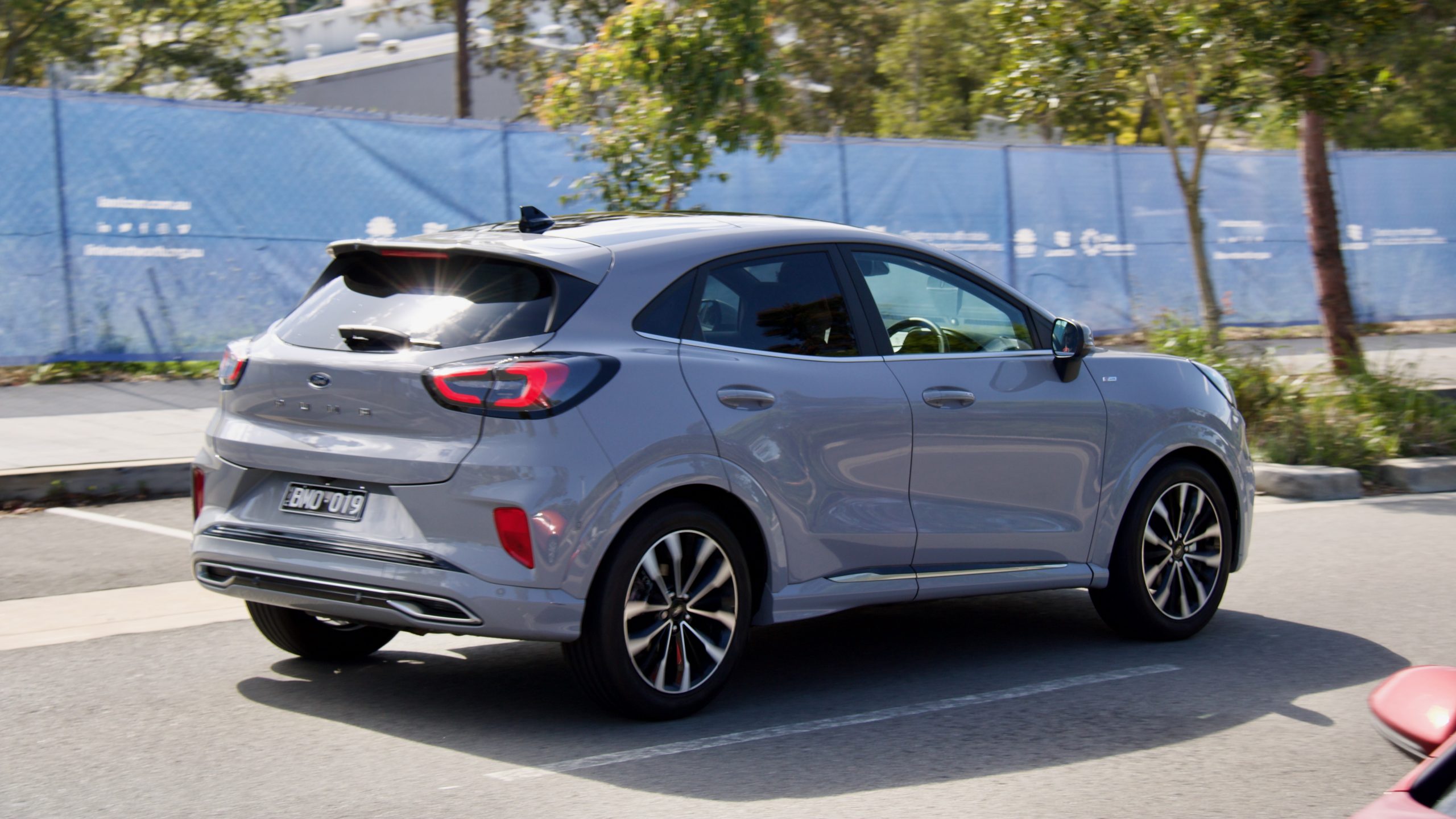
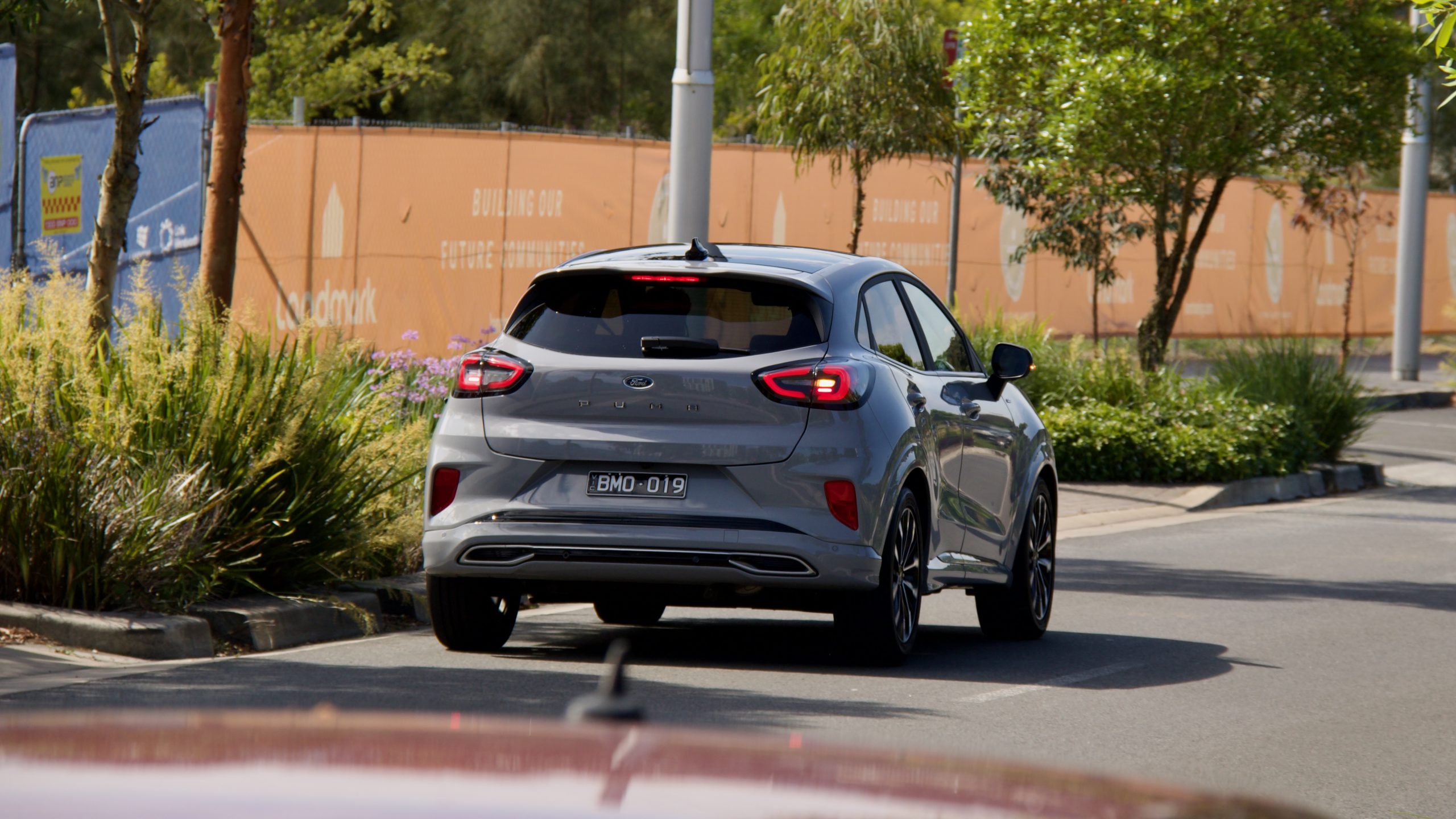
The claimed fuel consumption for the 2022 Ford Puma ST-Line V is 5.3L/100km – that’s one litre less than the CX-3, though 0.3L/100km more than the Kamiq – and we achieved 6.2L/100km on a combined cycle, which we were impressed with. The Puma’s CO2 emissions are rated at a low 121g/km, it has a 42-litre fuel tank and requires minimum 95RON premium unleaded fuel.
Ride & Handling: 9/10
For the past few decades, Ford products have always been the more dynamic offerings in their respective segments and the 2022 Ford Puma is no exception. Like the Fiesta on which it’s based/of which it recently killed, the Puma offers unmatched driving fun in the small SUV segment. The ride quality is a touch firm thanks to the 18-inch wheels of the ST-Line V and the short wheelbase, but its body control is great and it settles very quickly after bumps.
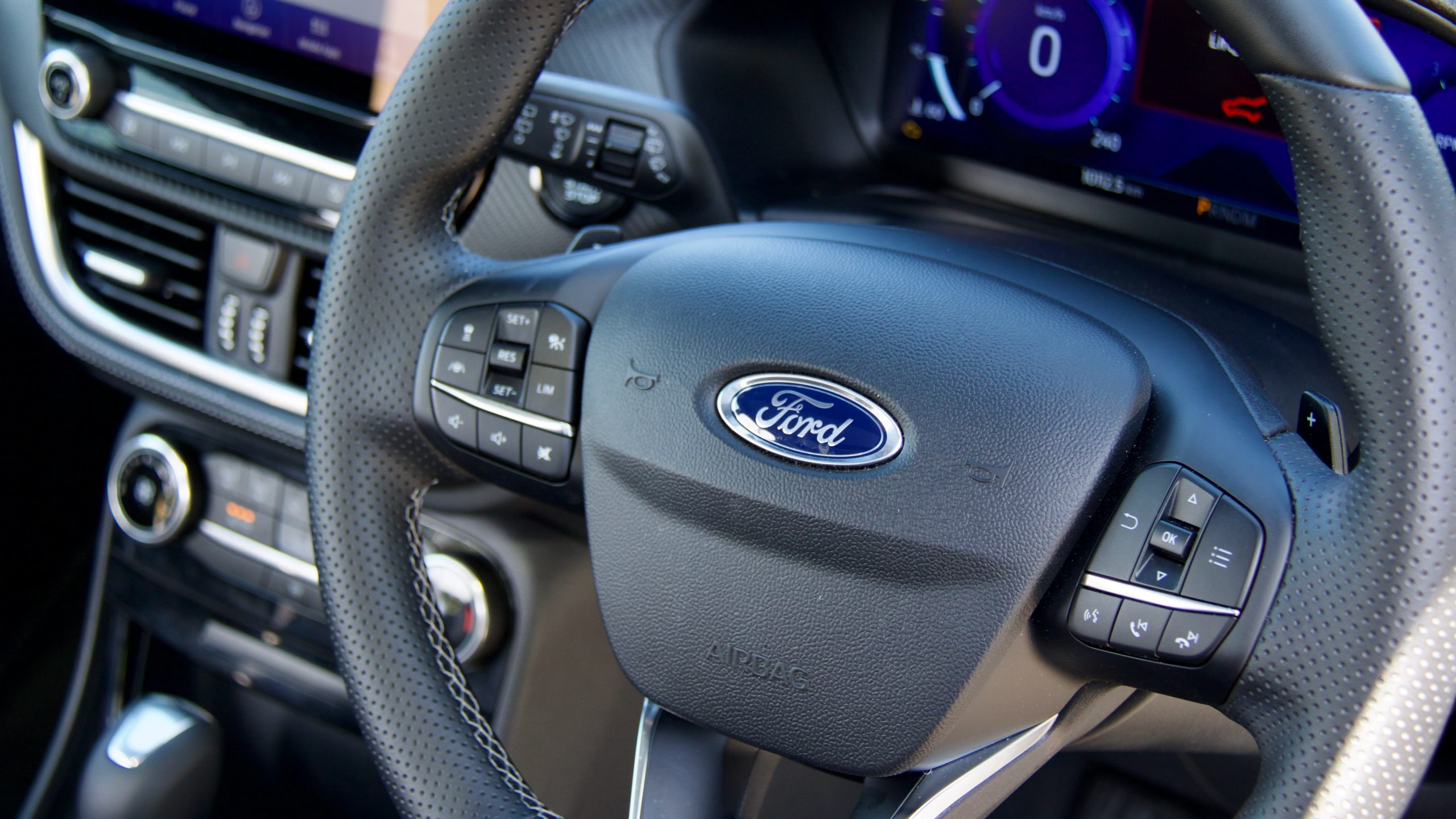
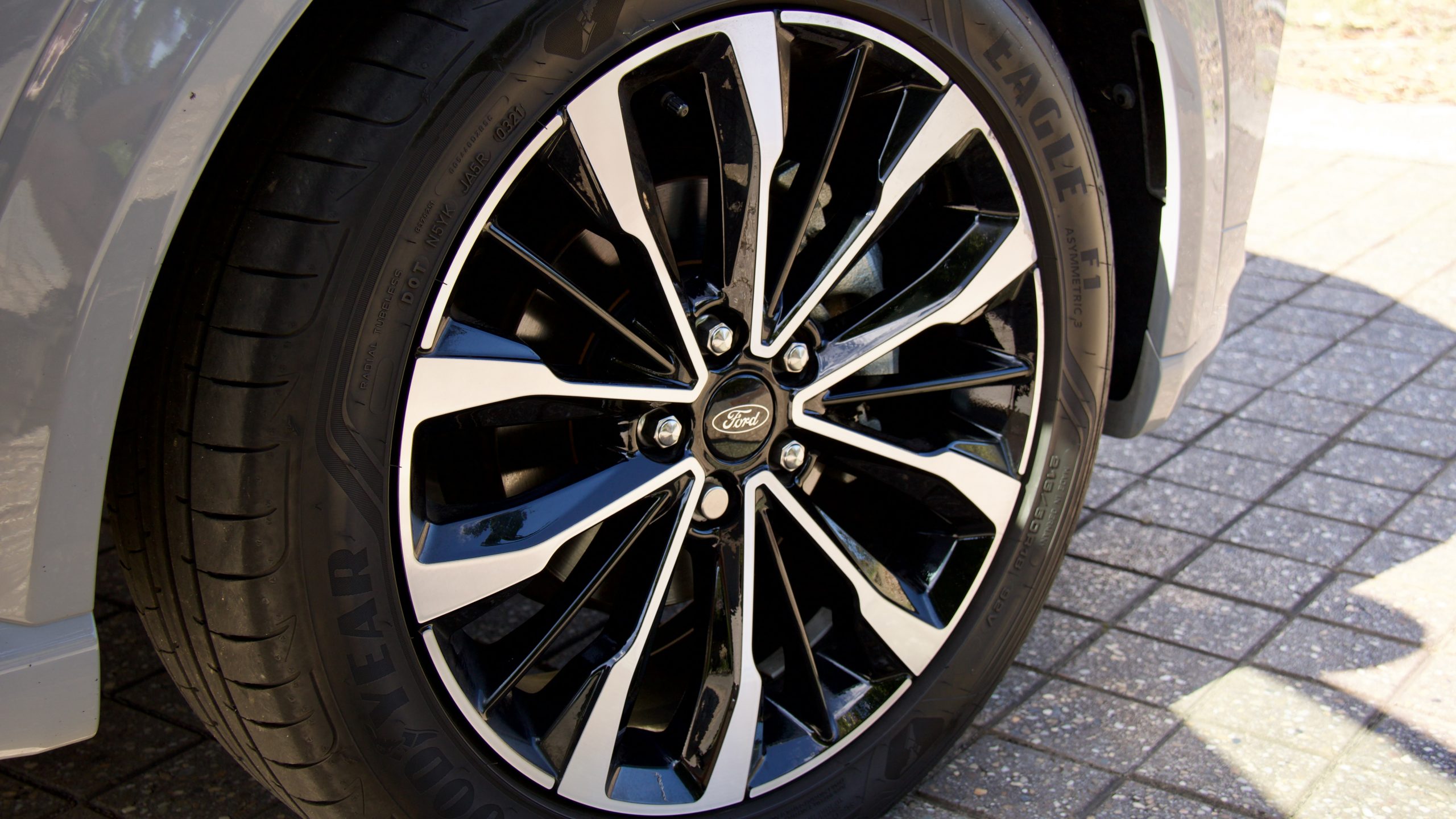
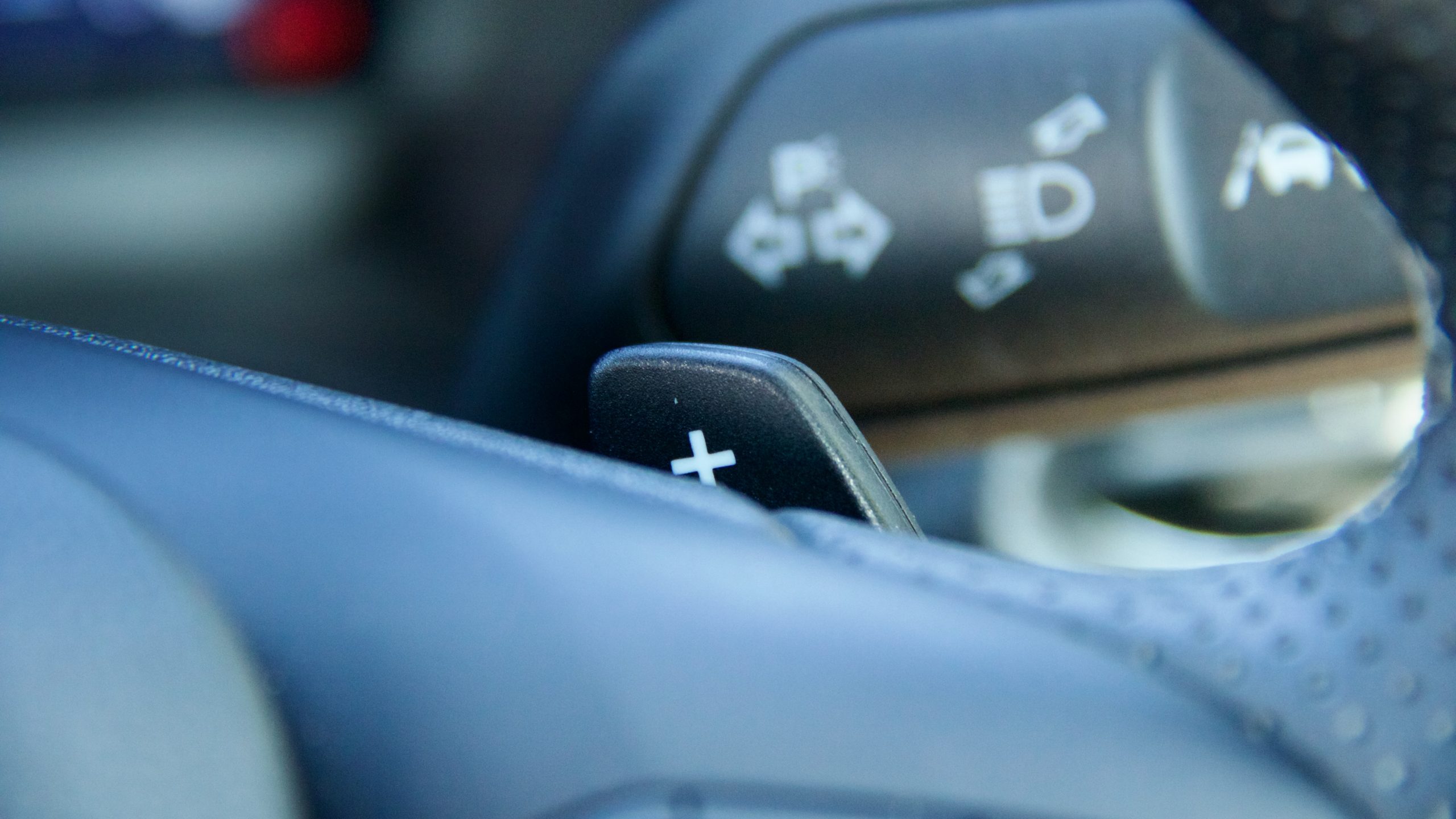
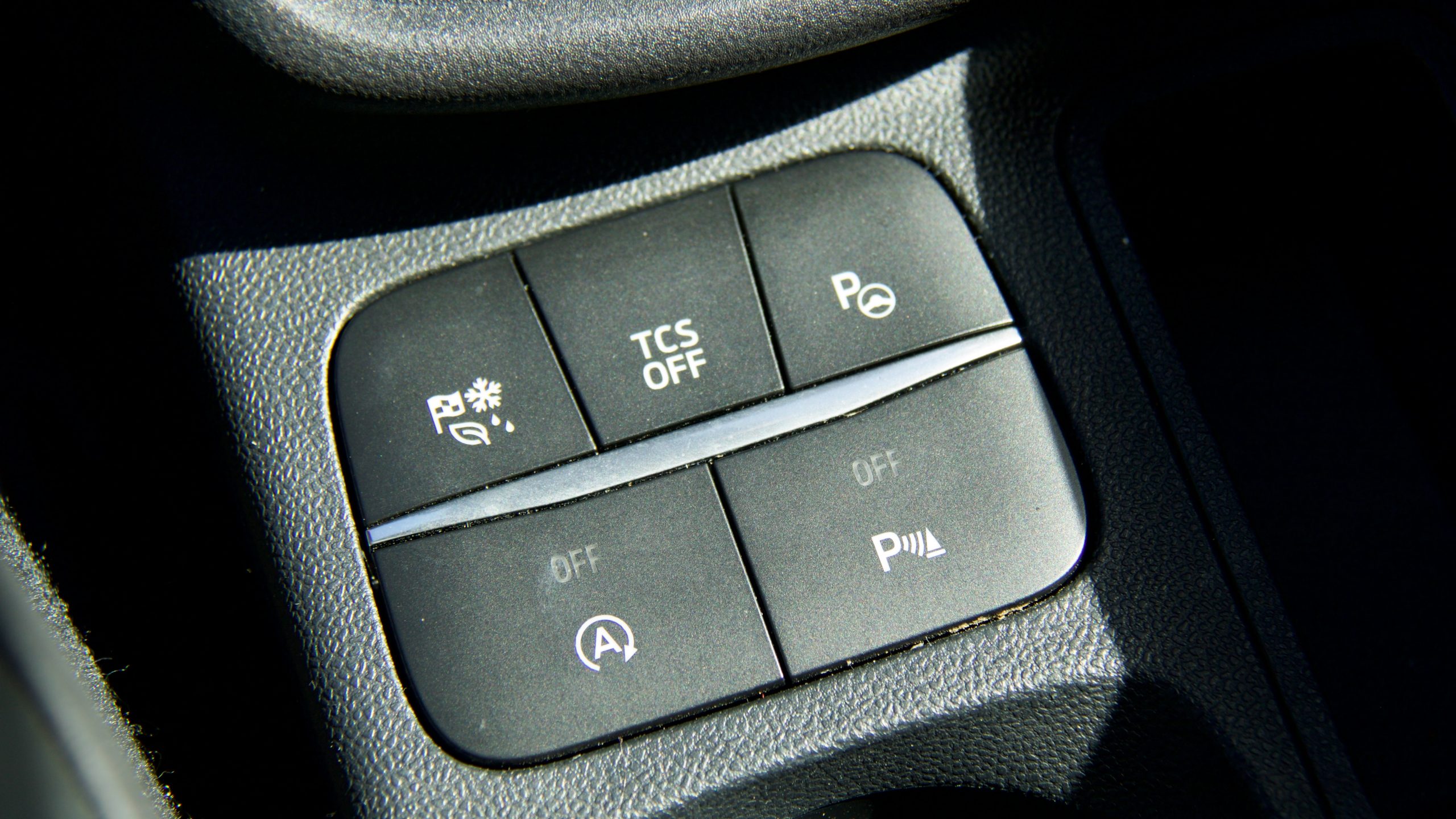
The Puma’s steering is communicative and the chassis is tight which makes for a sporty and engaging drive. The turn in is sharp and the way the Puma corners flat putting a large smile on your face is something not many other small SUVs can do – even the still quite fun CX-3. The Kamiq is undoubtedly more comfortable and quieter at speed than the Puma, though it’s nowhere near as fun to drive.
Interior & Practicality: 8/10
The interior of the 2022 Ford Puma is just as funky as the exterior with a floating centre screen, a large 12.3-inch digital driver’s display and a cool looking layout that is more interesting than most competitors. The build quality throughout the cabin is reasonably good with soft touches here and there, such as the synthetic leather on the door tops and the soft touch dashboard – though the majority of the other materials are hard and scratchy.
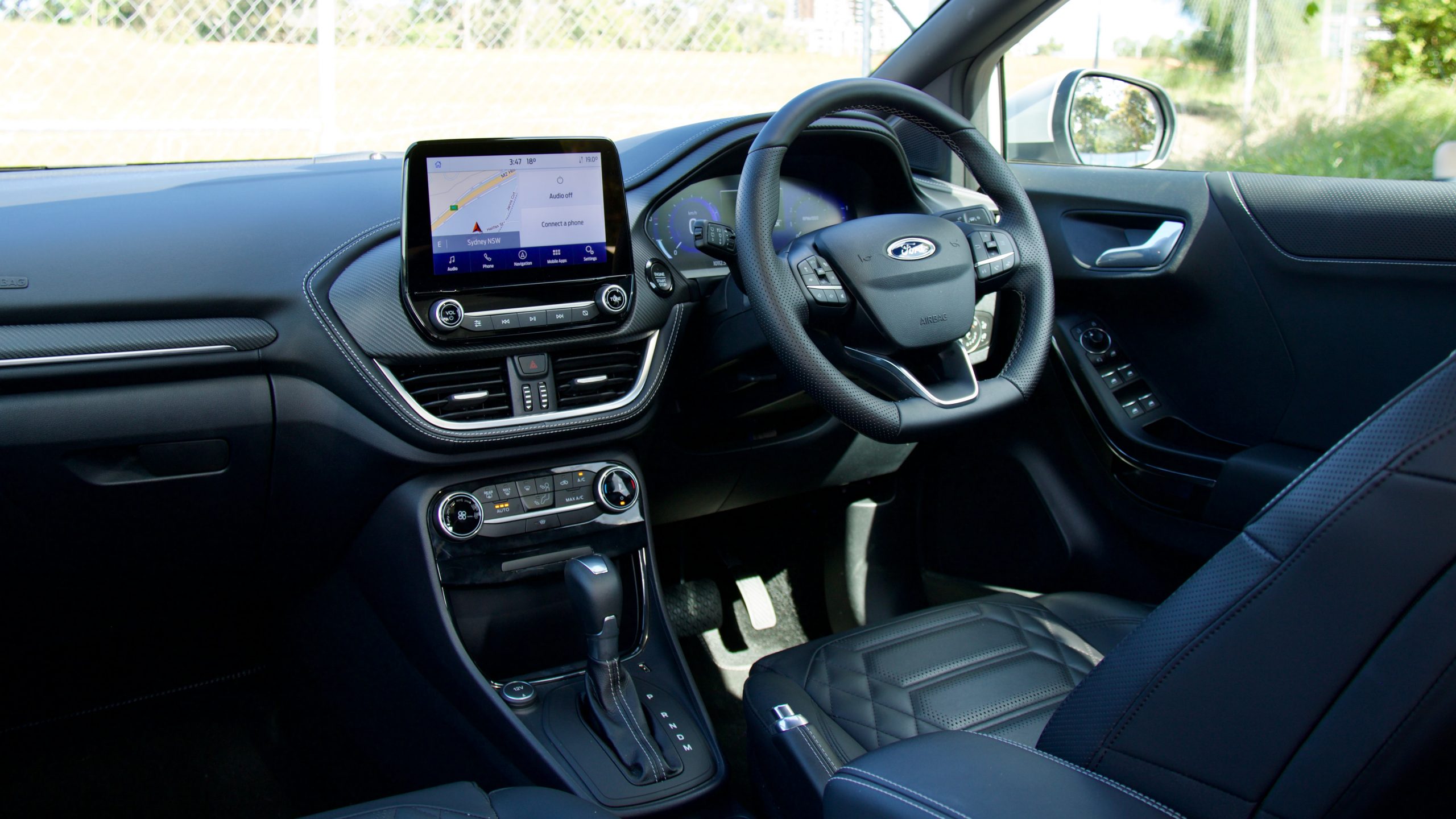
Interior storage is pretty limited as there are only two small cup holders, a small centre console with a USB-A port in it, a small glovebox, a small box underneath the centre arm rest with another USB port, the wireless charging pad in the centre console, and then the small front door pockets. Ergonomically, the Puma’s cabin is not great as it feels cramped and even putting drinks in the cup holders is a reach.
Sitting in front of the driver is a 12.3-inch digital driver’s display that looks great – it also changes colour and style depending on what drive mode you are in, which is fun. The colours are bright and the quality is rather good, though it doesn’t have the ability to show a map, unlike the Kamiq.
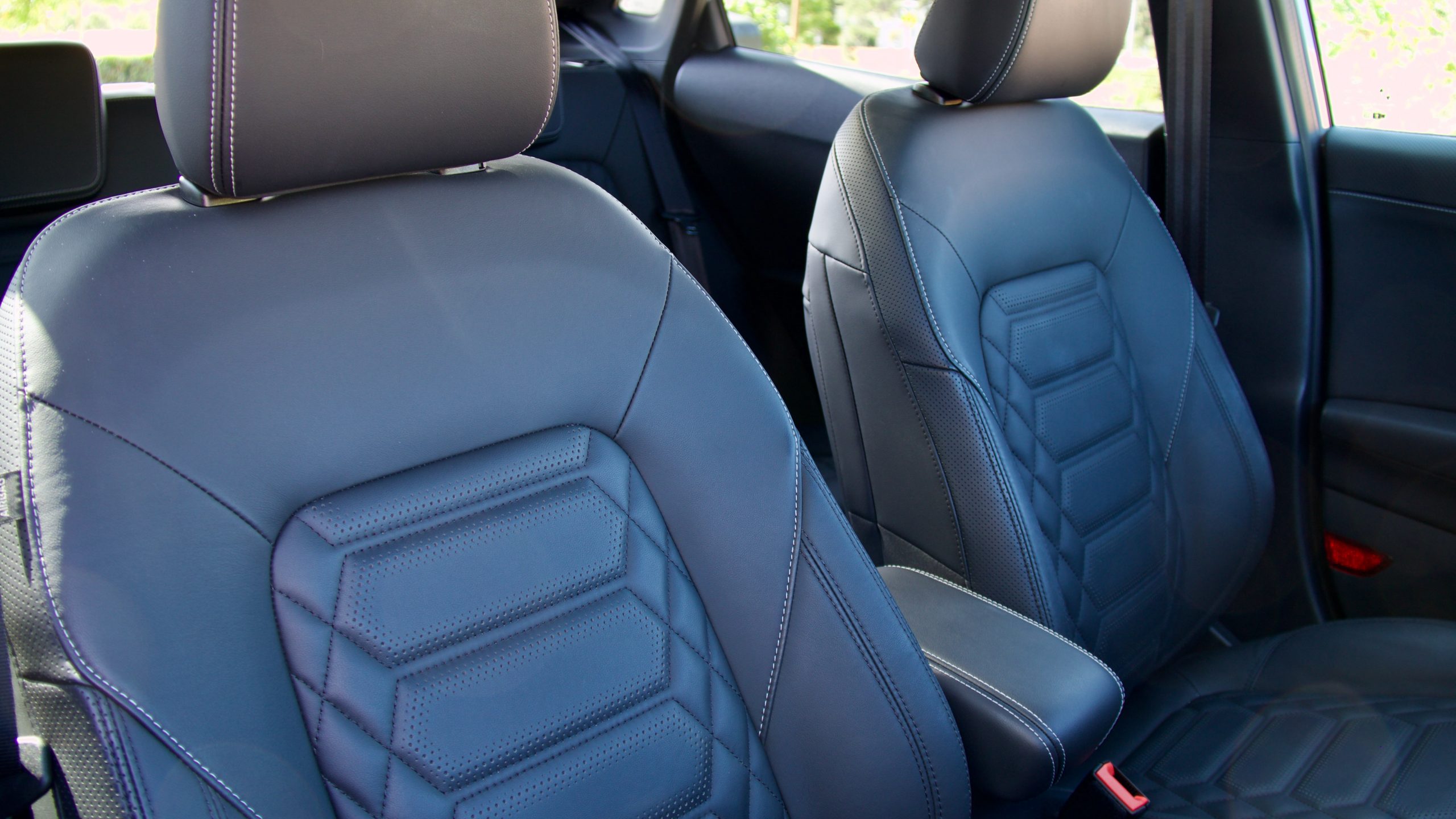
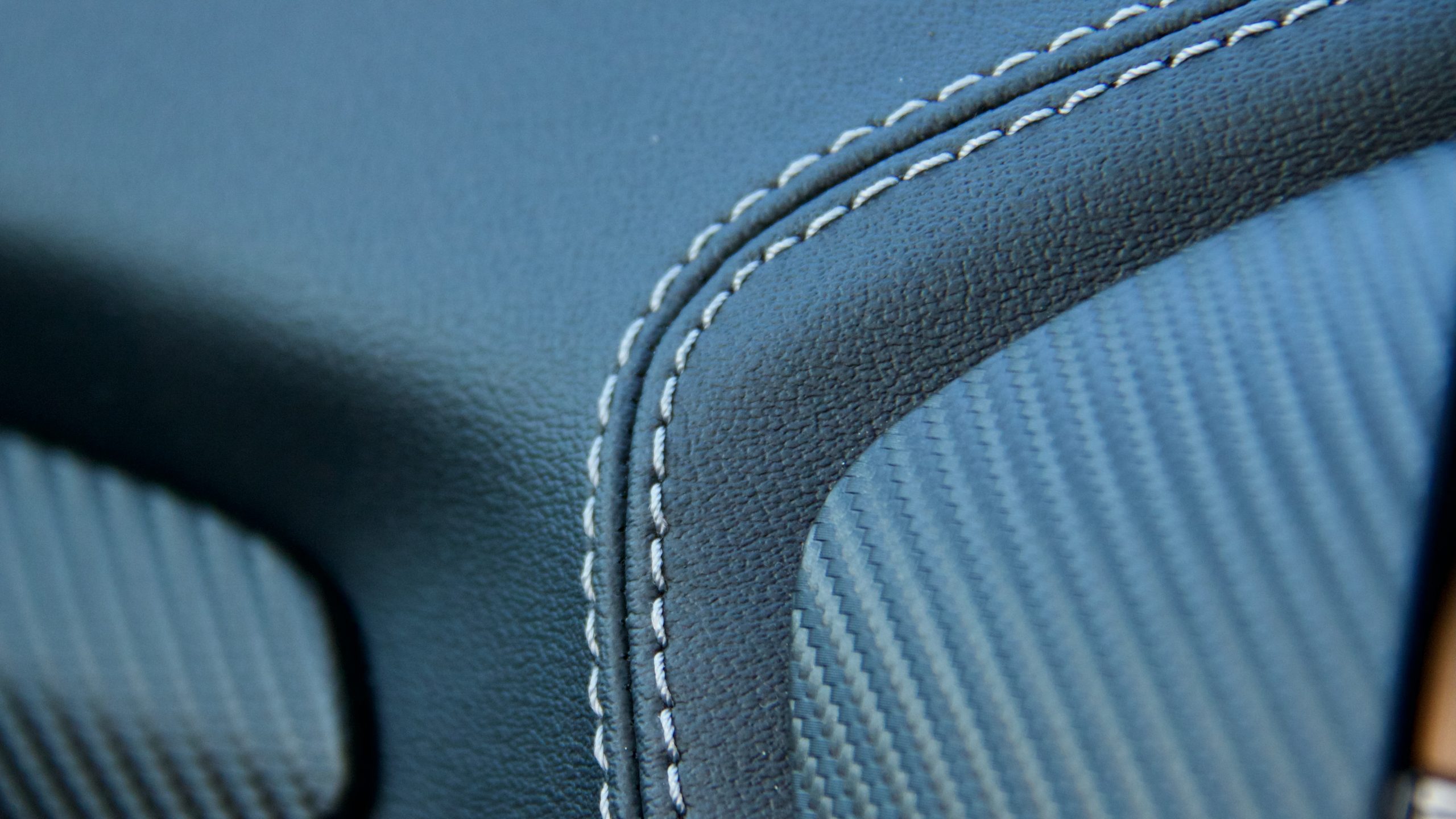
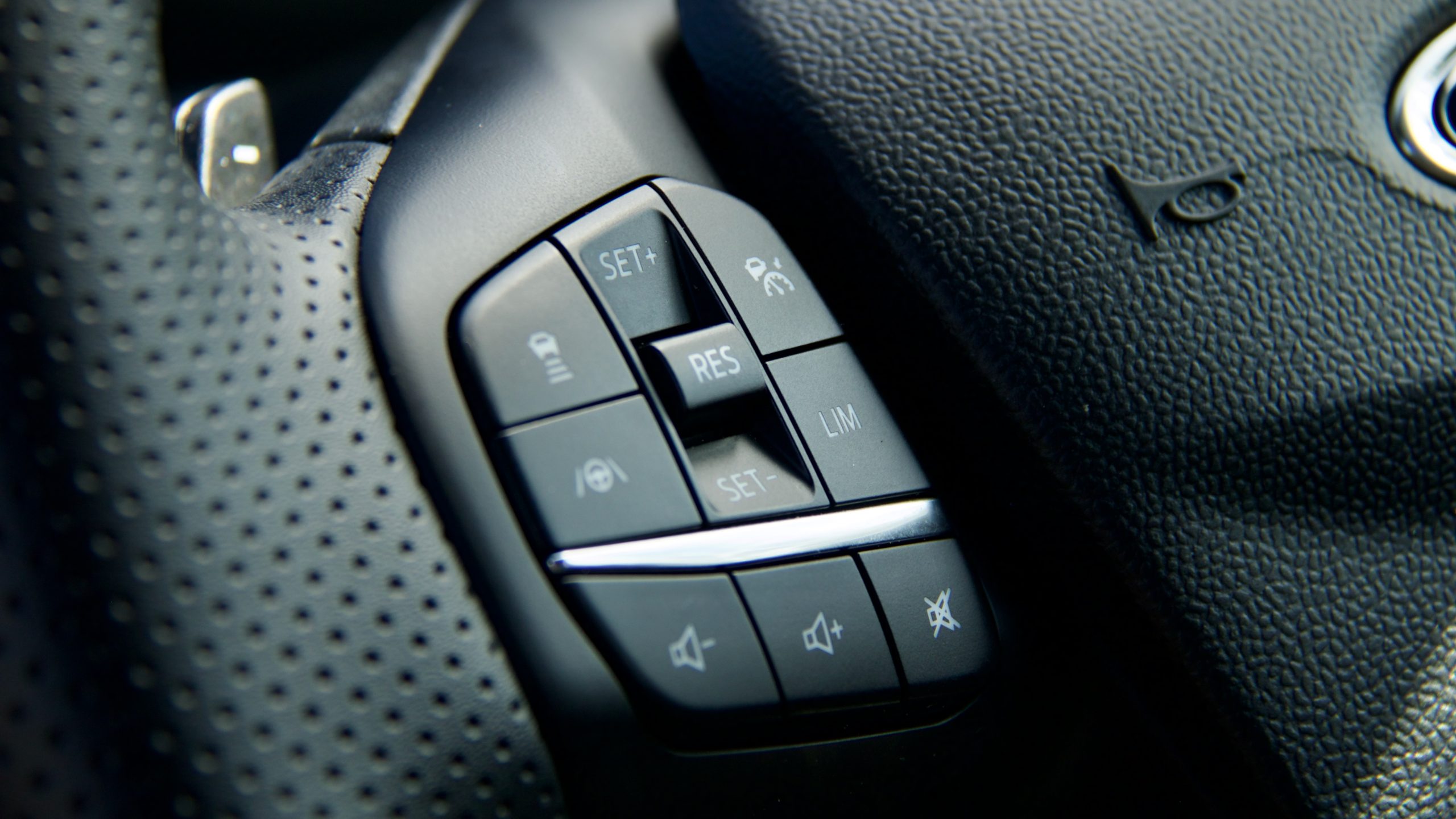
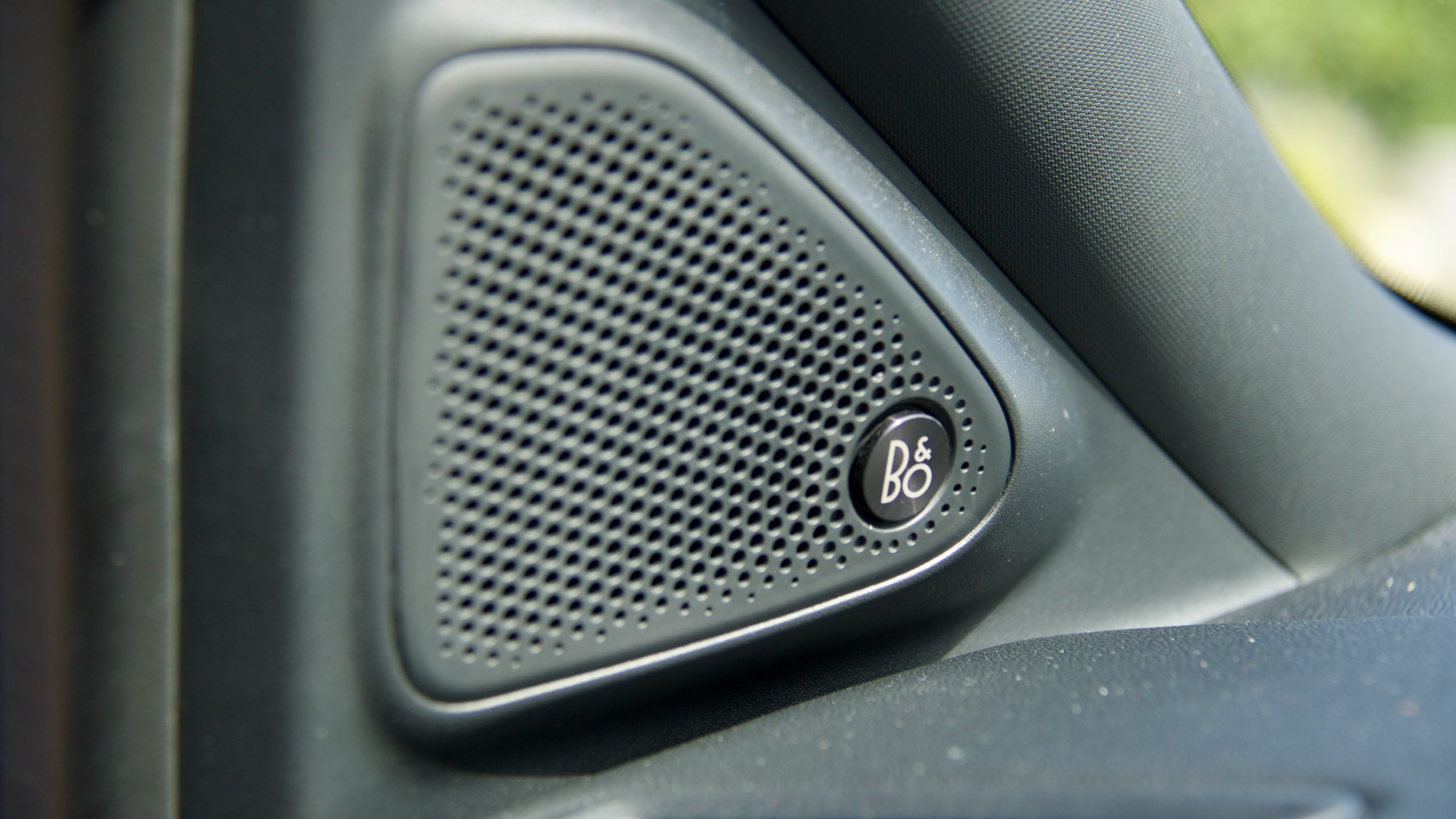
In the centre of the dash is the Puma’s 8.0-inch touchscreen which runs Ford’s older ‘SYNC3’ infotainment system. The system itself is easy to use and more than adequate, though it has now been replaced in other Ford models by the new ‘SYNC4’ system, which we wish this car had. The screen itself is on the smaller side but its picture quality. The 575W B&O Play sound system in the Puma is excellent for a small SUV – we were impressed by its clarity and bass levels.
Stepping into the back of the 2022 Ford Puma is a little difficult for adults as both the head- and knee room are on the smaller side. It is a compact SUV after all, and is larger than the tiny CX-3, but the Kamiq feels positively huge in comparison. There are map pockets, door bins and a little storage cubby but unfortunately no charging ports or air vents (which the Kamiq has), centre armrest (which the CX-3 has).
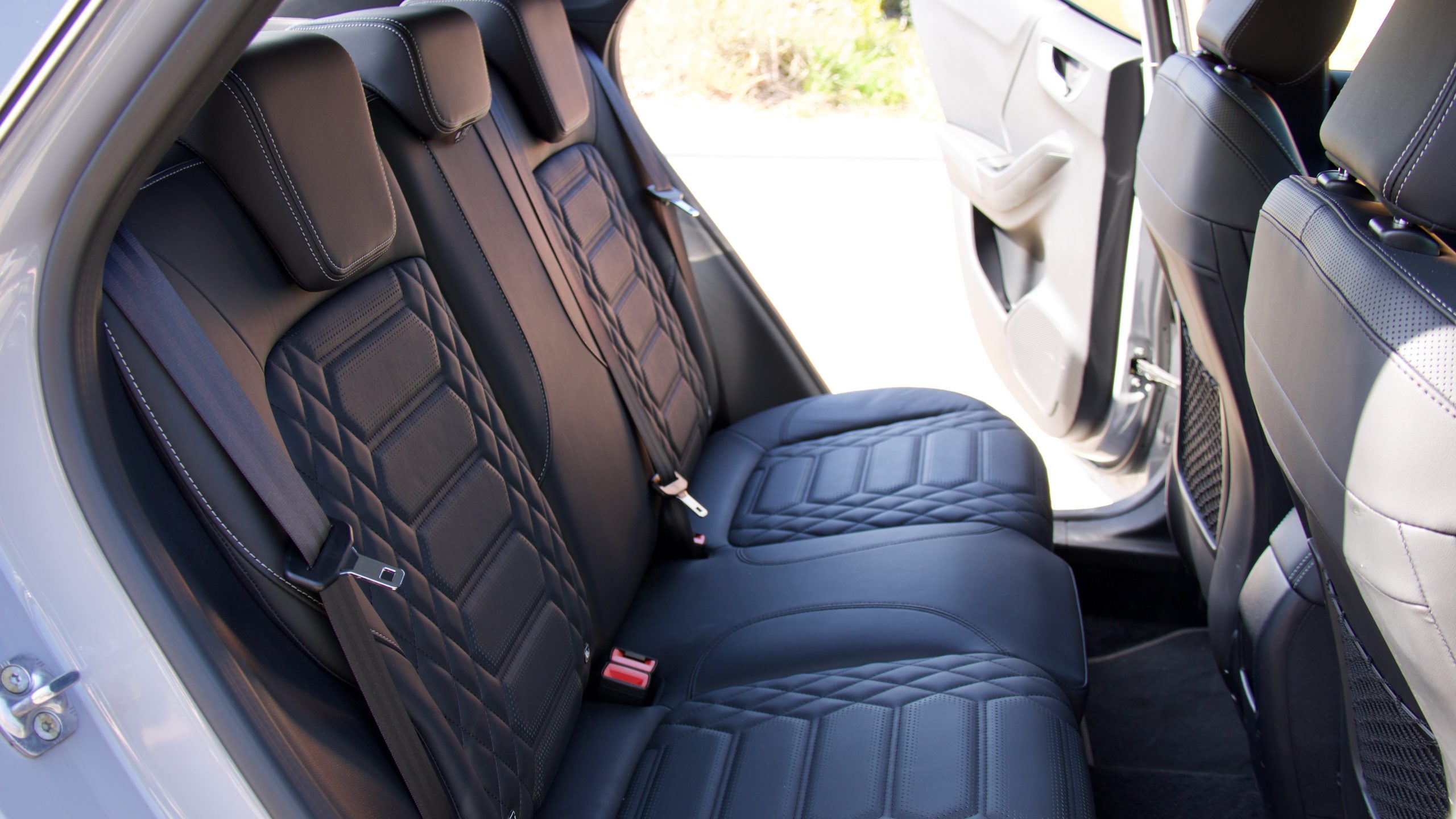
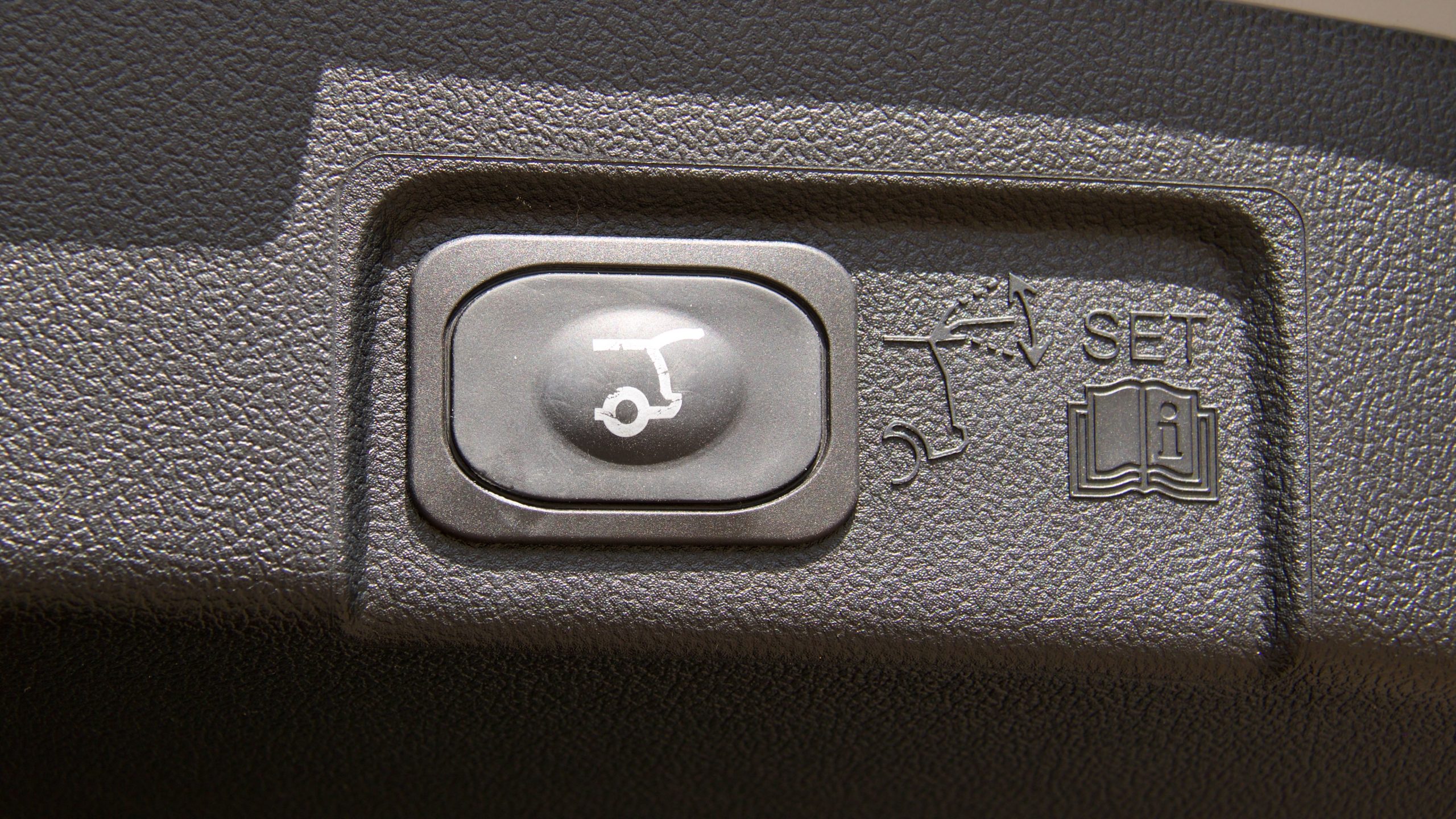
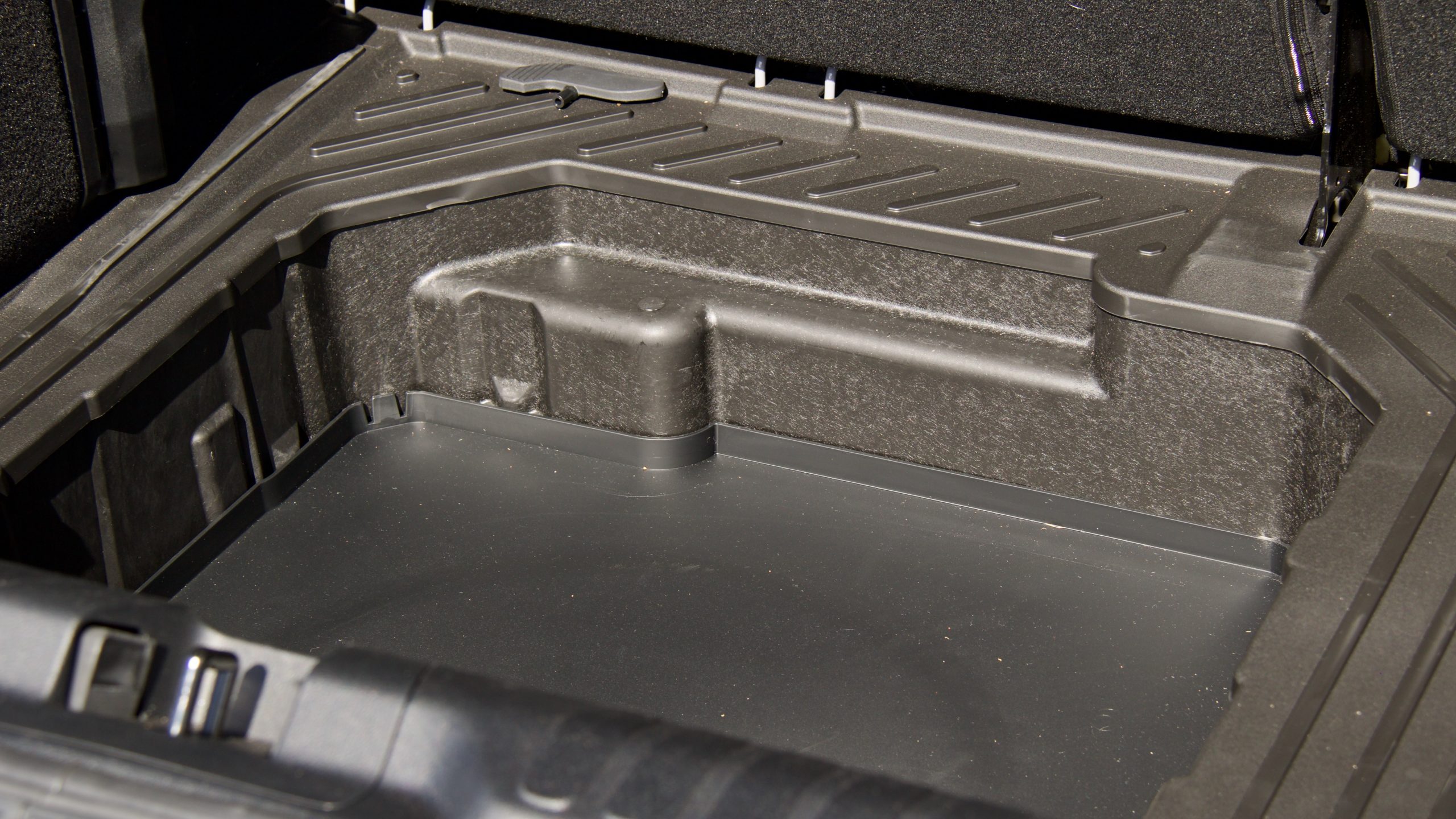
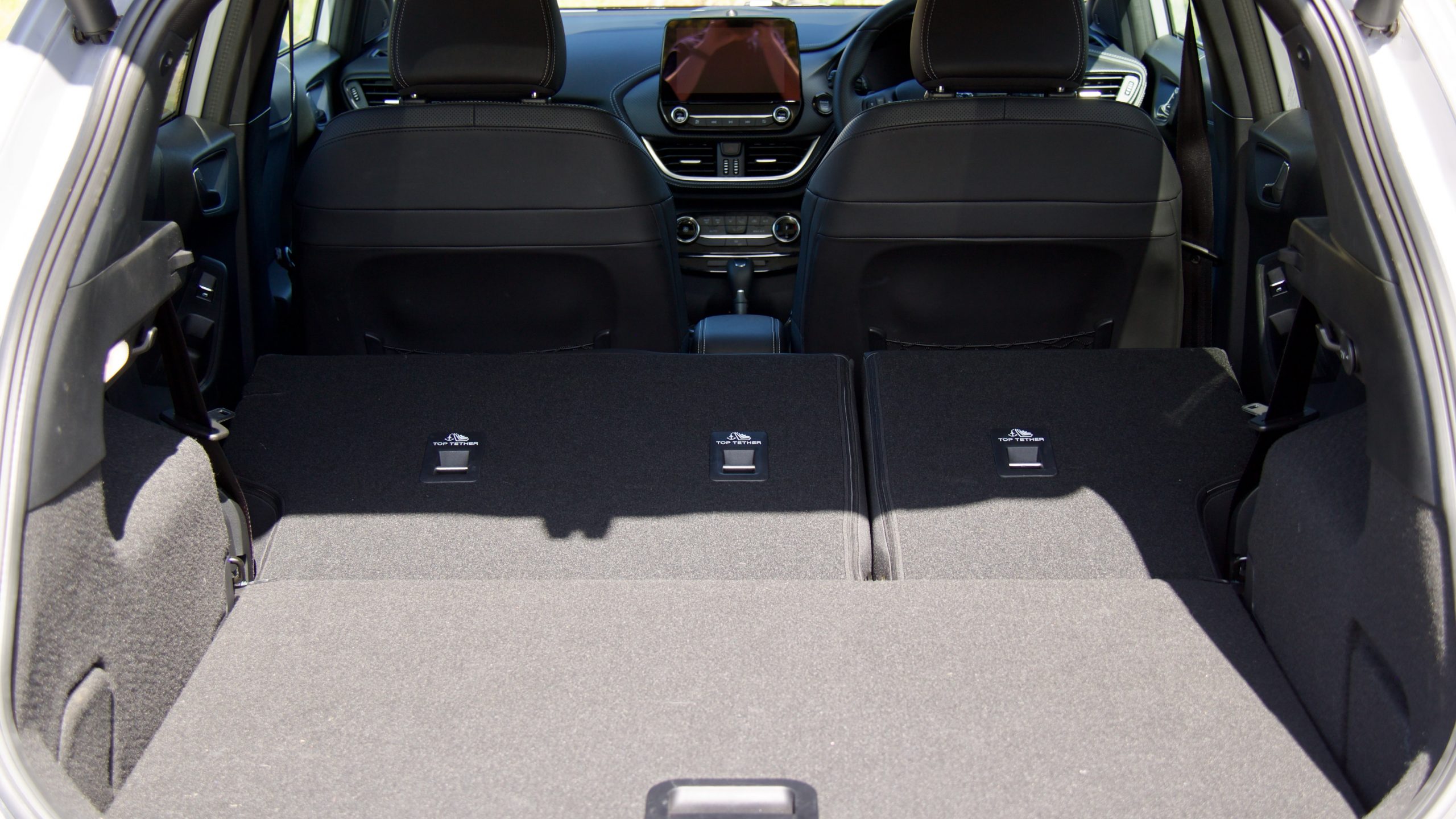
Open the power tailgate on the Puma and it reveals a healthy 410-litres of cargo space – once you remove the false floor – and folding the seats down opens this up to 1,170L. With the seats erect, the Puma’s space is the largest out of it, the CX-3 and Kamiq, though the Skoda can fit 1,395L – almost 200L more – with its seats folded. In terms of boot features, the Puma has a false floor with a lot more storage underneath, a few hooks, a 12-volt power outlet, a few hooks and a space-saver spare wheel.
Service & Warranty: 9/10
Like all other Fords the Puma comes with a five-year/unlimited kilometre warranty, which is the same as Mazda, though two years less than Skoda. You also receive 12 months of roadside assist with the Puma, which is extended by a further 12 months at every scheduled service at Ford for up to seven years in total – the same as Skoda, although Mazda gives you five years of roadside assistance regardless of where the car is serviced.
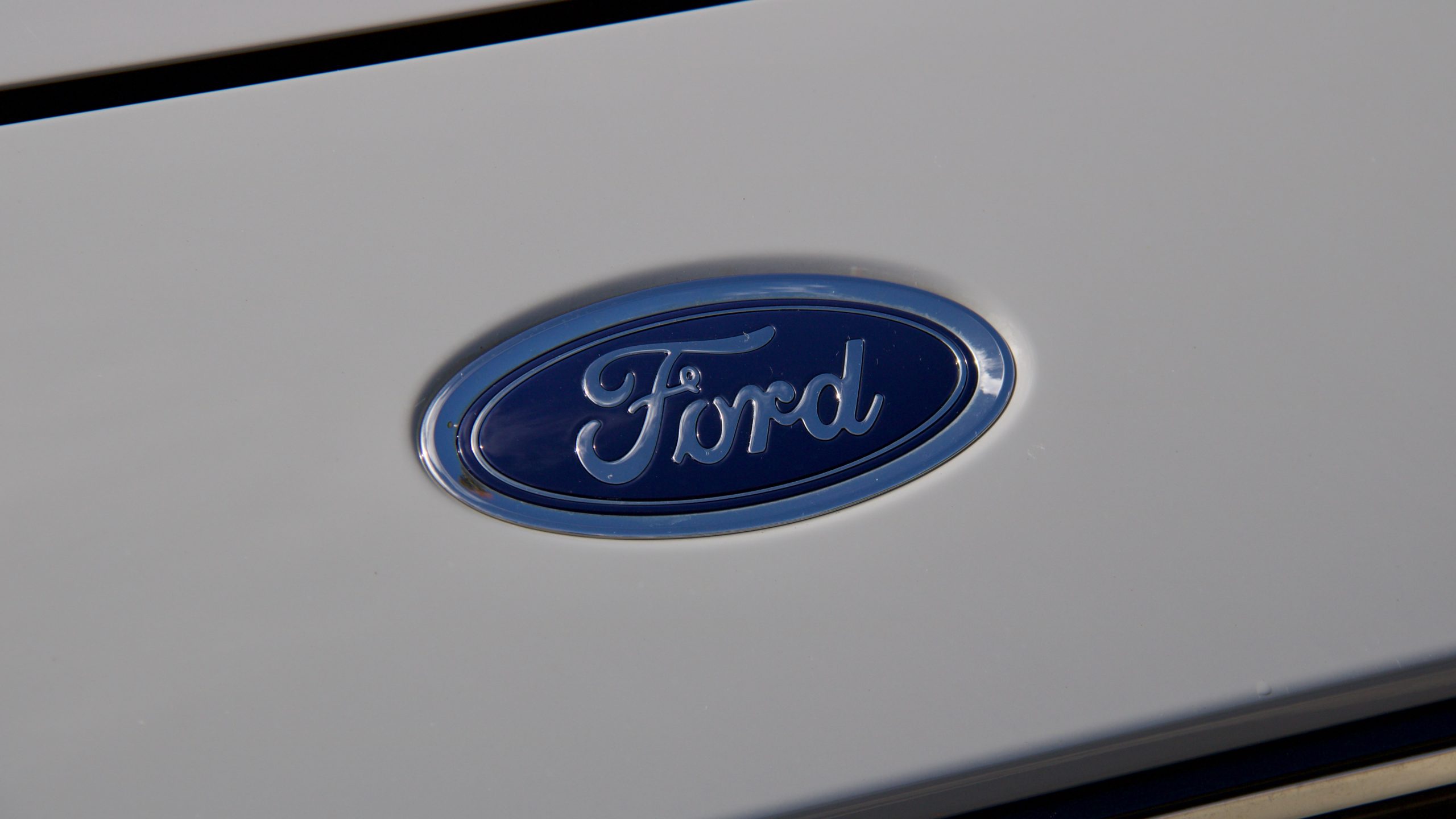
Servicing the Puma occurs every 12 months or 15,000km, whichever comes first, and the cost to service the 2022 Ford Puma ST-Line V over five years/75,000km is $1,531 ($306.20 per service). A CX-3 costs $2,084 over the same five years ($417 per service) – though to a shorter 50,000km thanks to its shorter 10,000km service intervals, and doing the same distance as the Puma will increase the cost further. A Kamiq costs $2,393 to five years/75,000km ($478 per service), though buyers can select a pre-paid service pack for the same duration for $1,500 ($300 per service) – we’d definitely do that.
2022 Ford Puma ST-Line V DiscoverAuto Rating: 8.2/10
The 2022 Ford Puma ST-Line V is one of those cars that has flaws, but they endear it to you even more. The Puma has a relatively cramped cabin, it could do with more performance, it’s expensive in this ST-Line V form and it could do with more standard equipment, especially in the ST-Line V model that we tested here. Its cabin is also not very ergonomic, with tight storage, and its rear seat isn’t huge either.
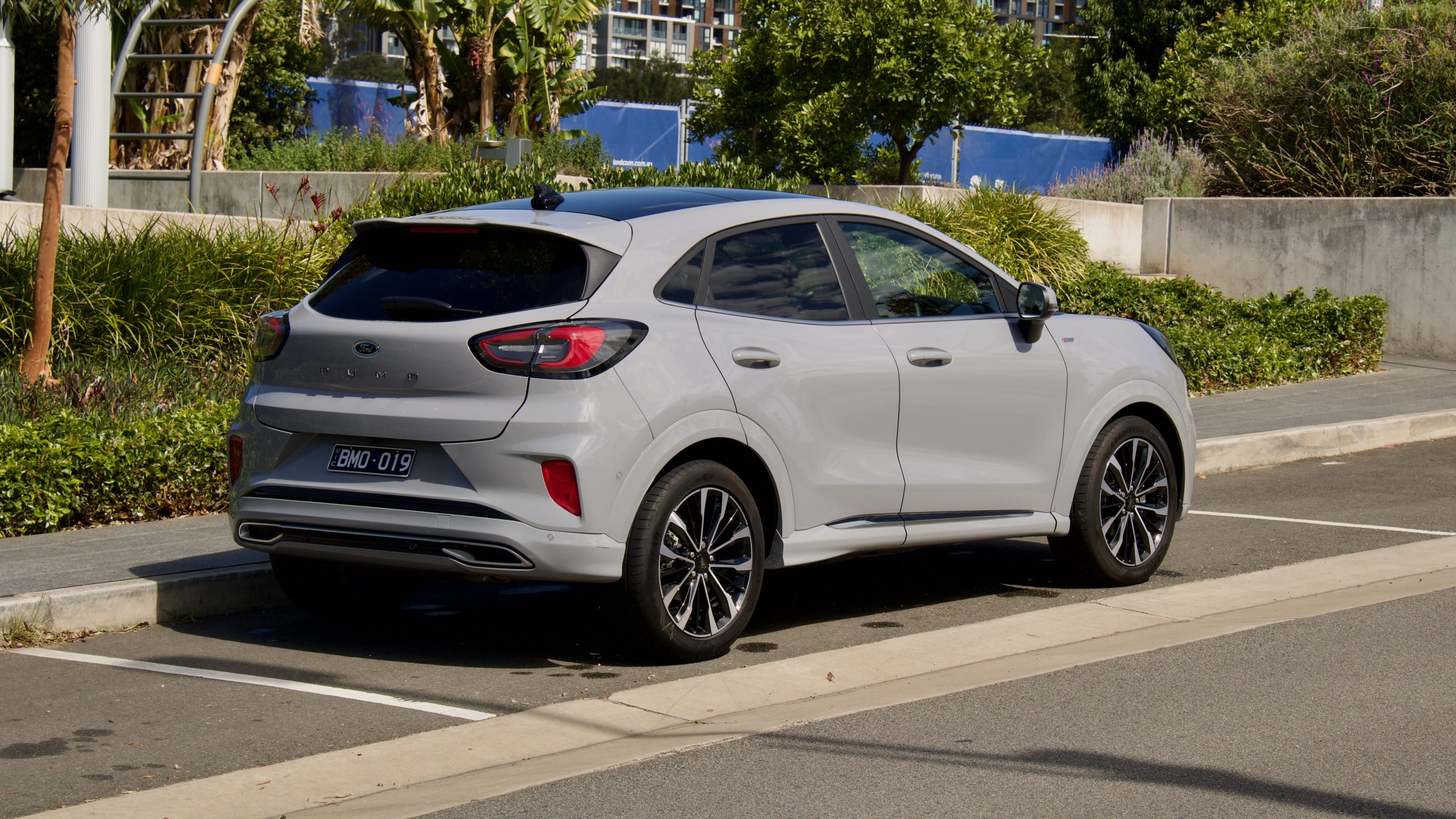
But its positive points – its cute styling, lovely chassis, engaging engine, intuitive safety features, good quality interior and large boot – are more than enough for us to recommend it to anybody wanting a small SUV. Competition is tough in the small SUV segment, as the Kamiq proves, but the Puma offers character, which is still quite rare in this part of the market. While some rivals offer more complete packages, the Puma offers a lot to like, and that alone deserves your attention.

Leave a Reply